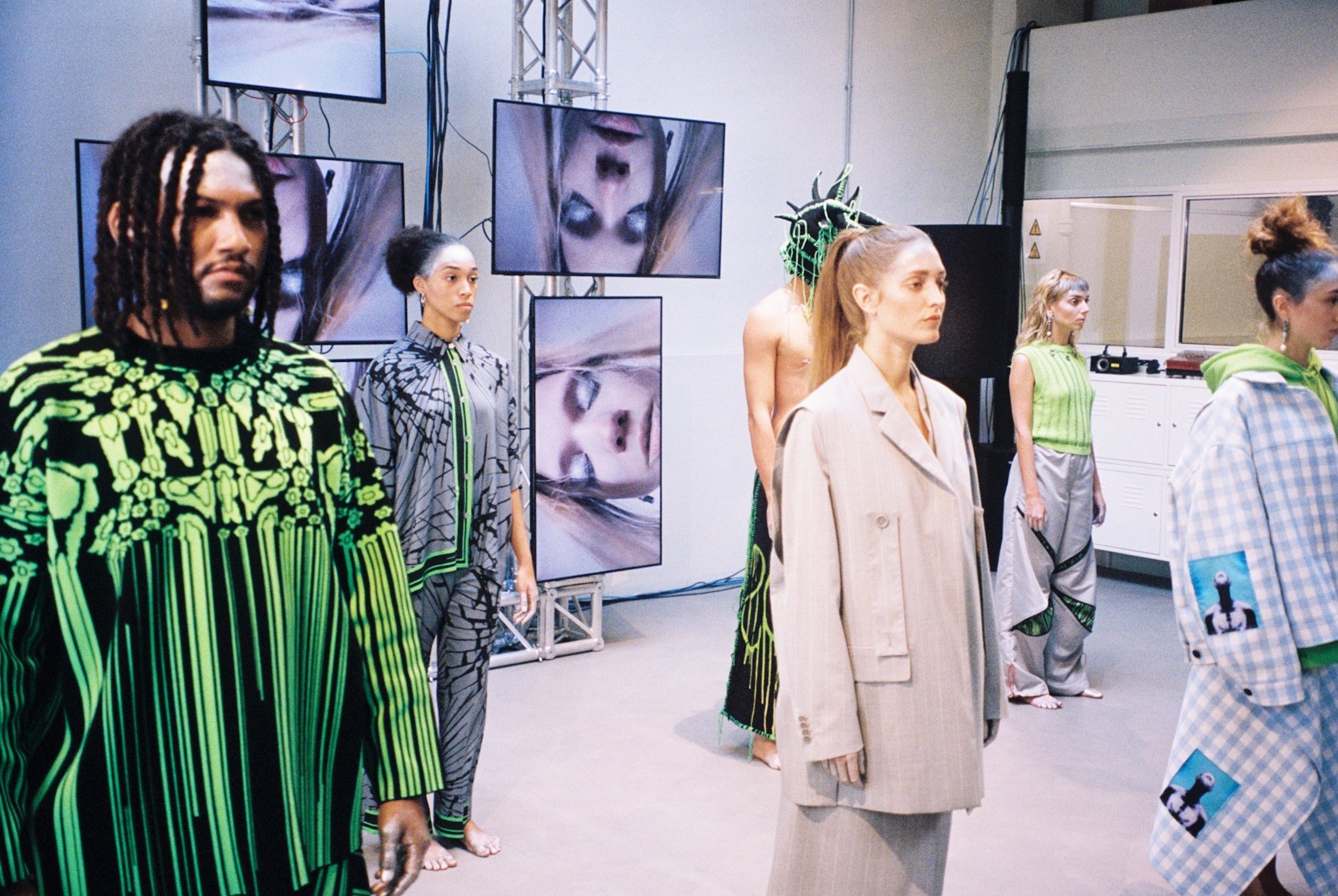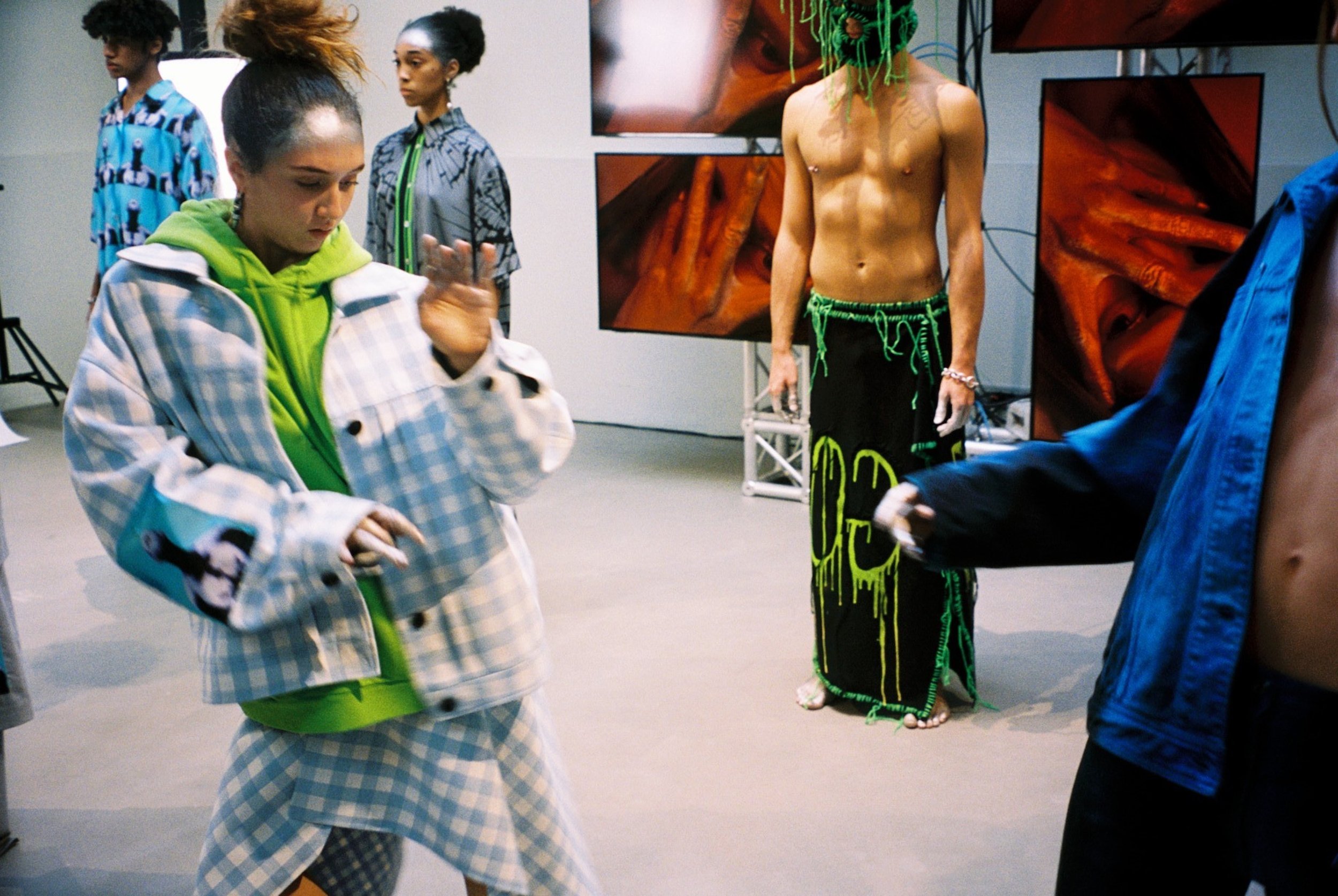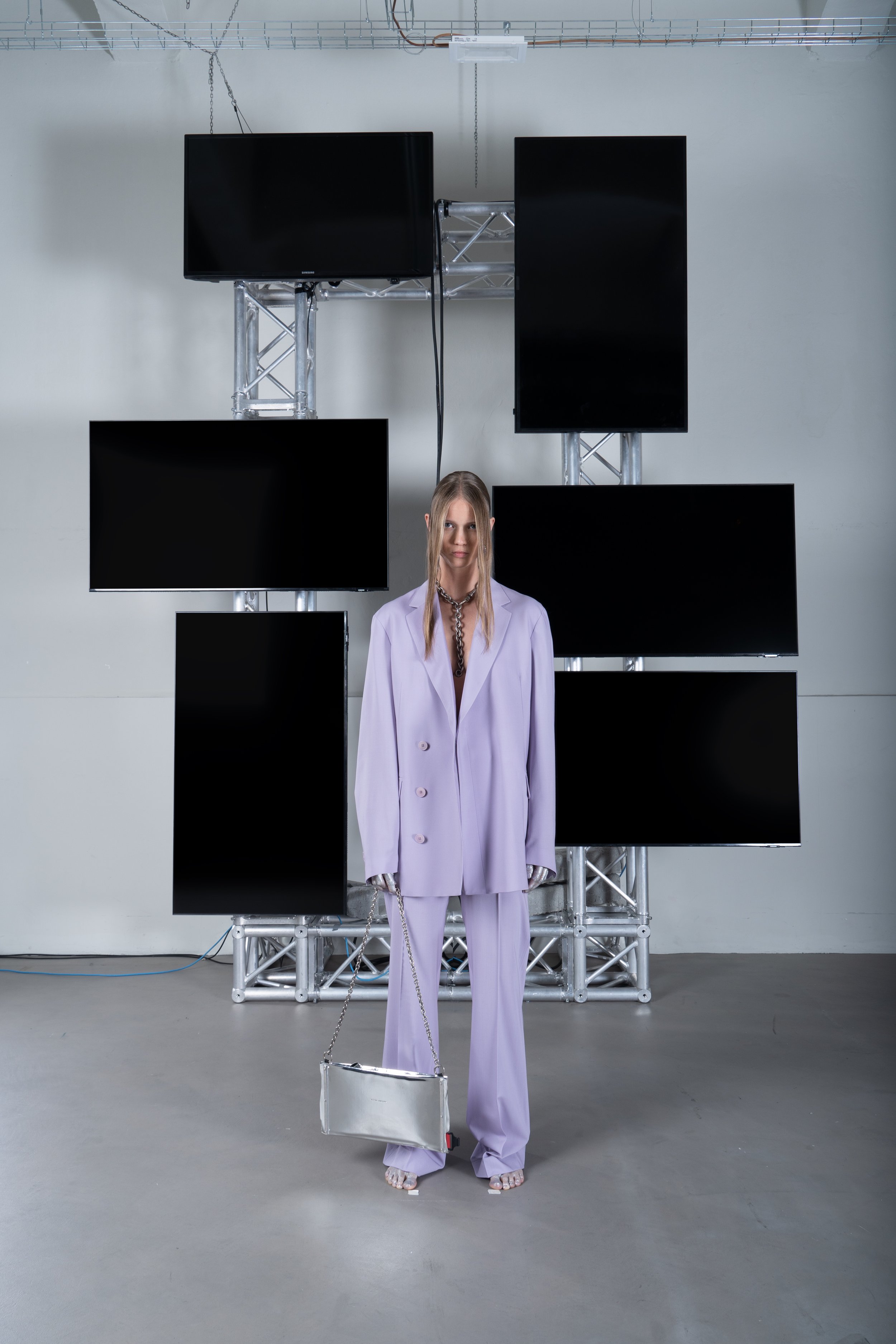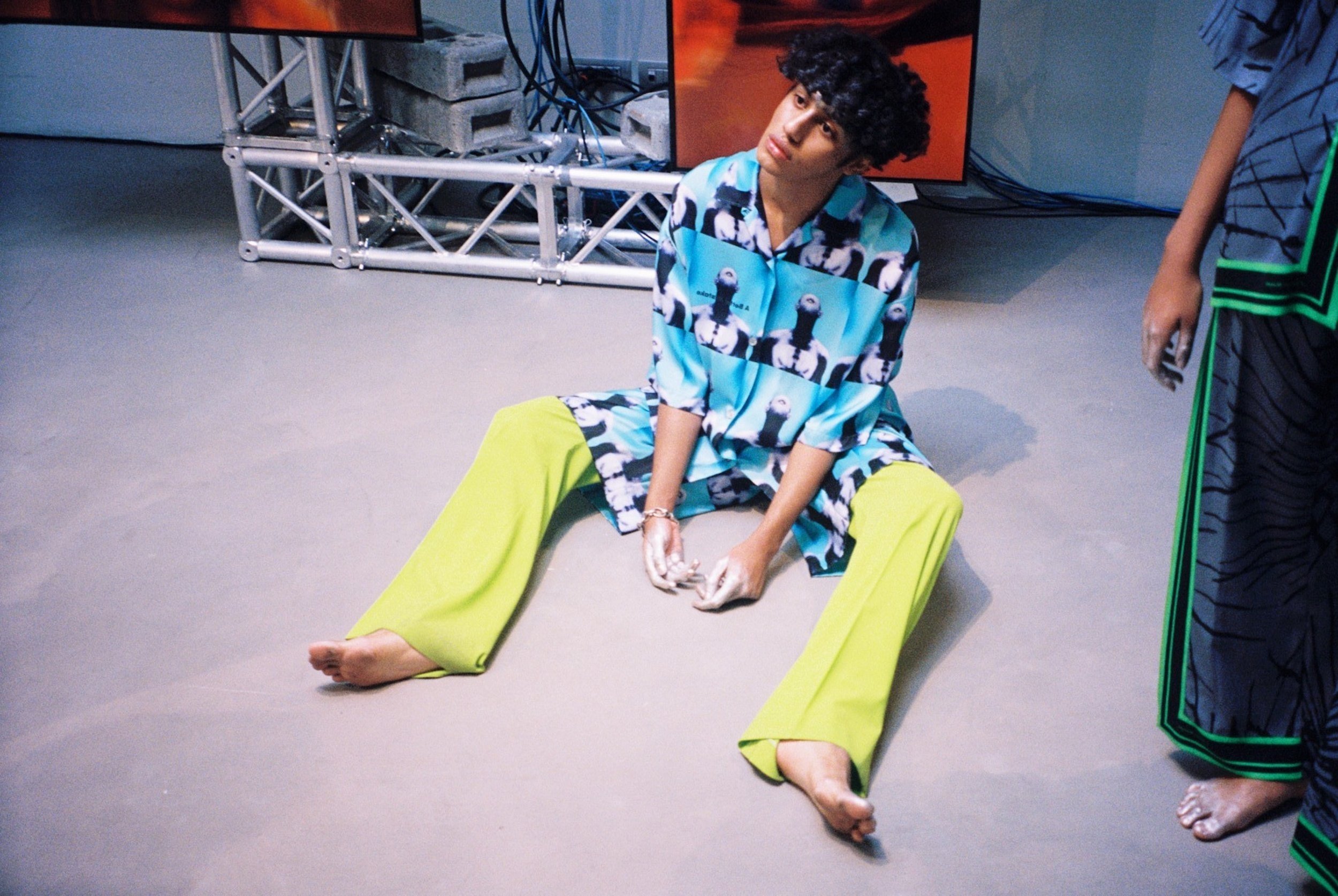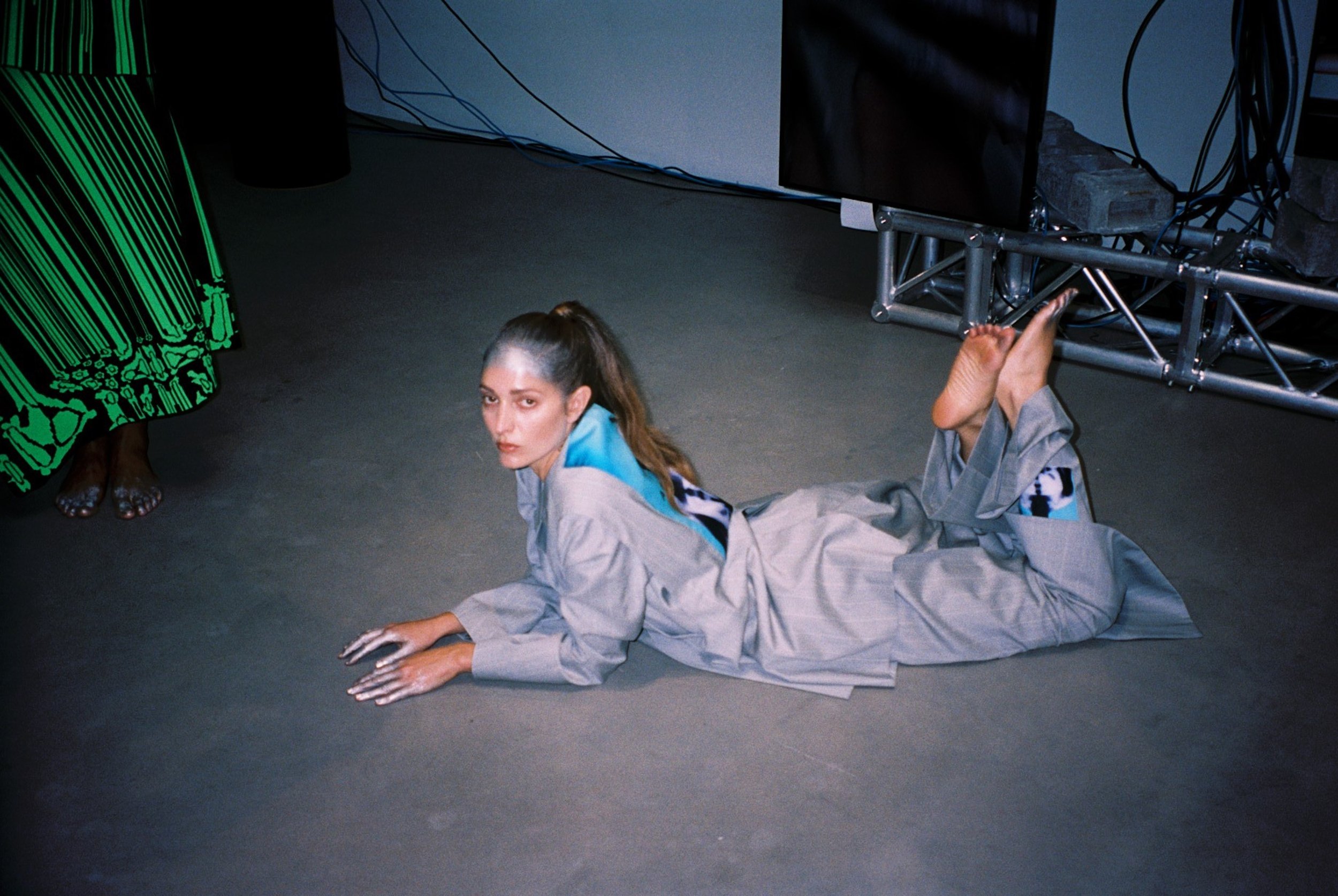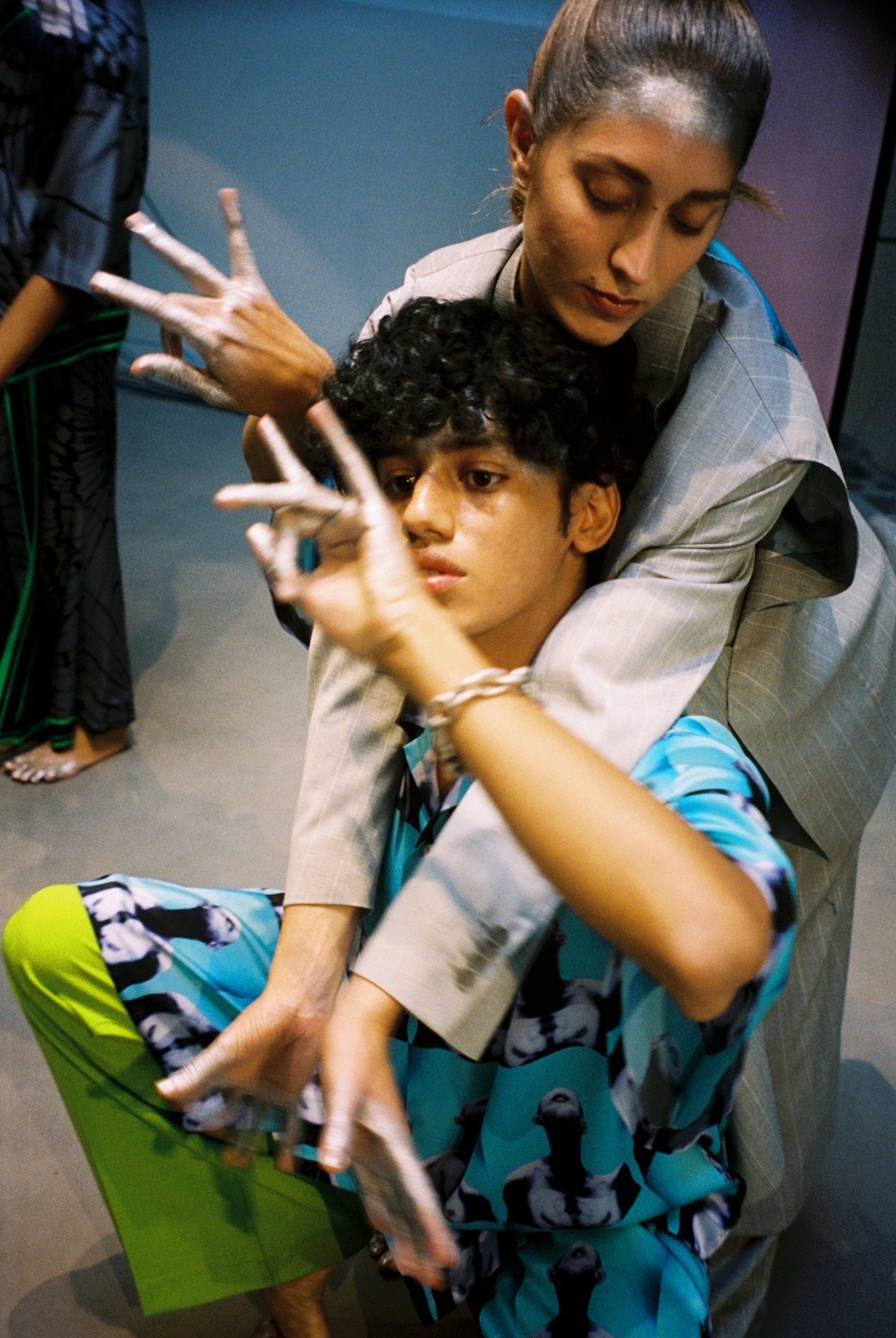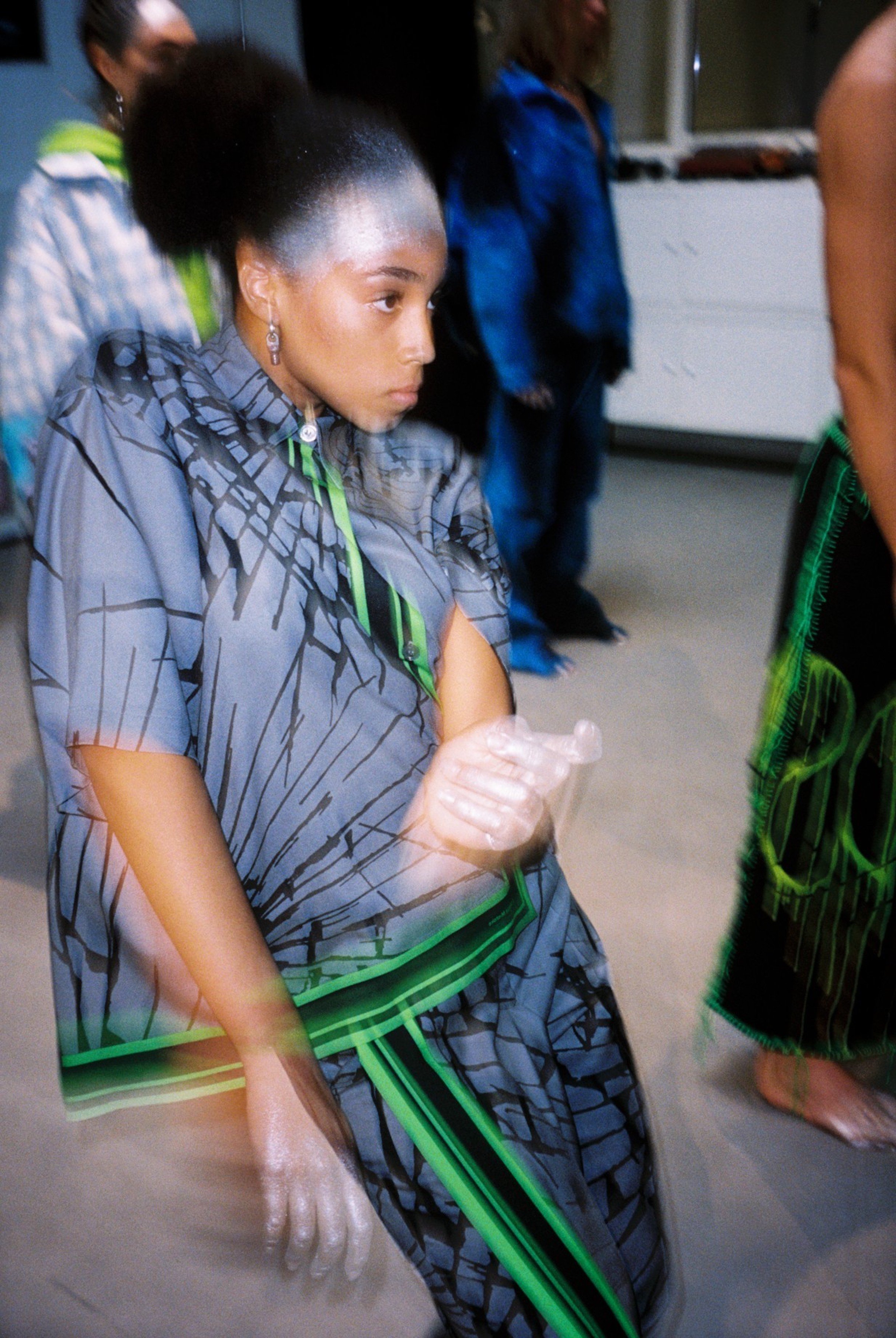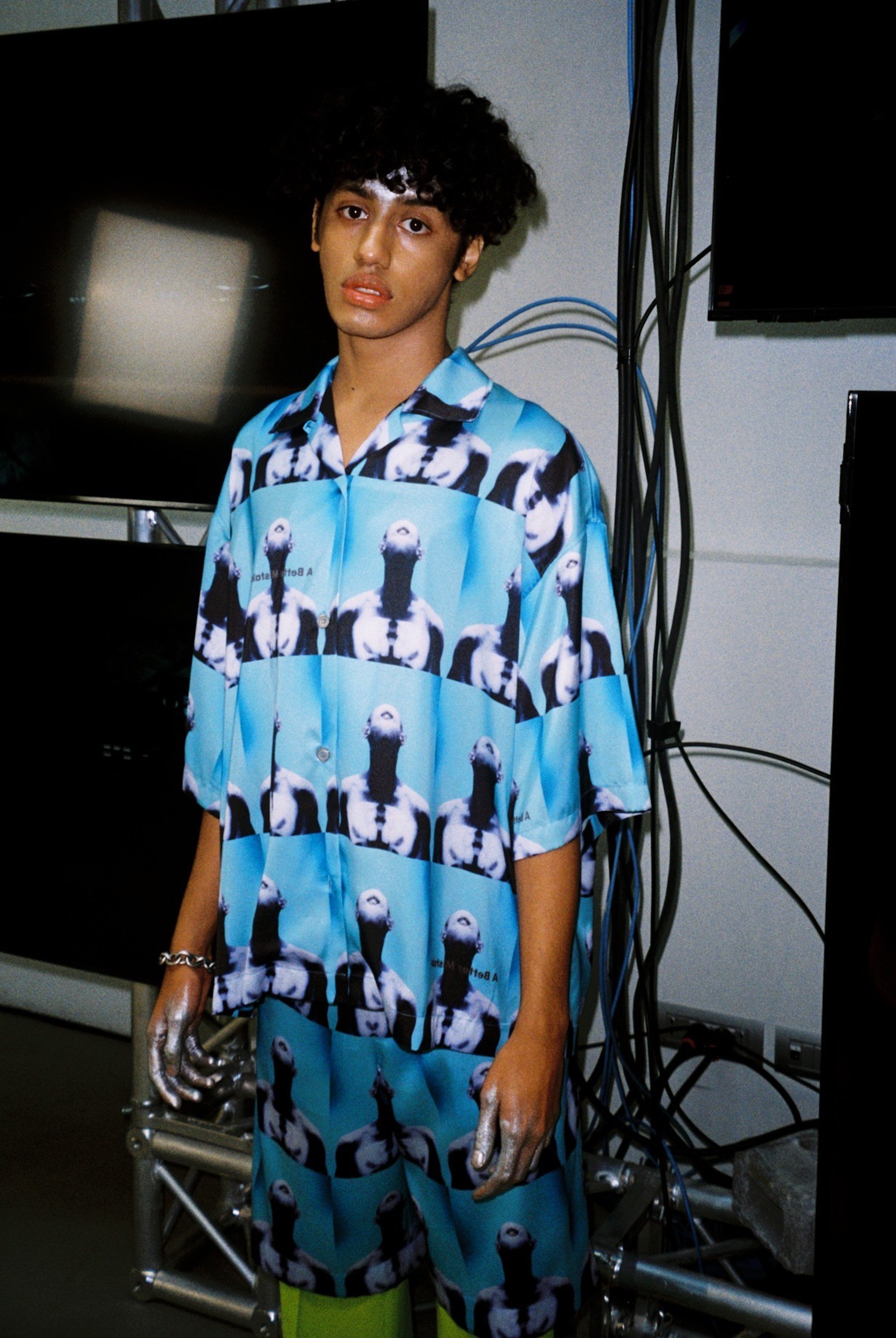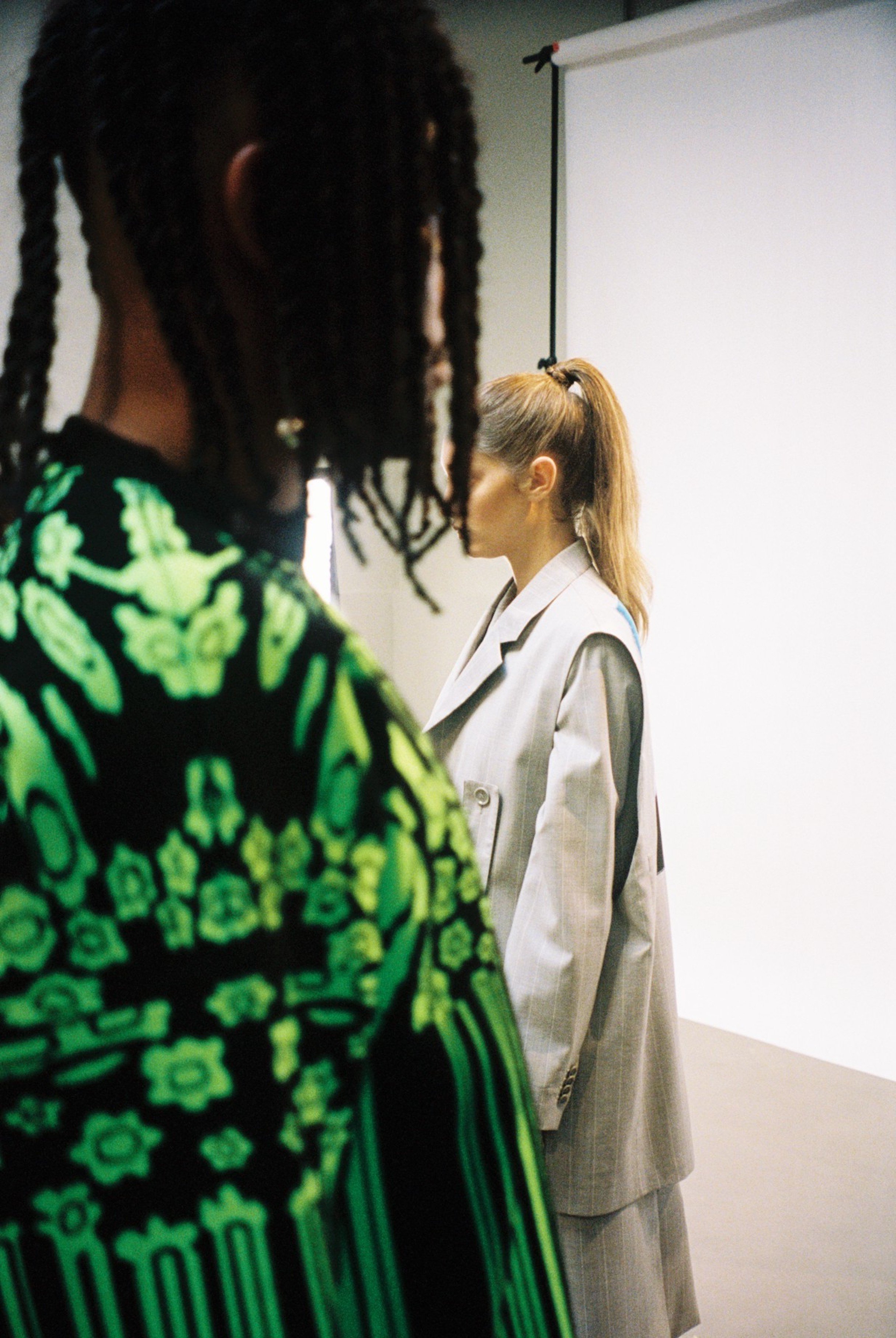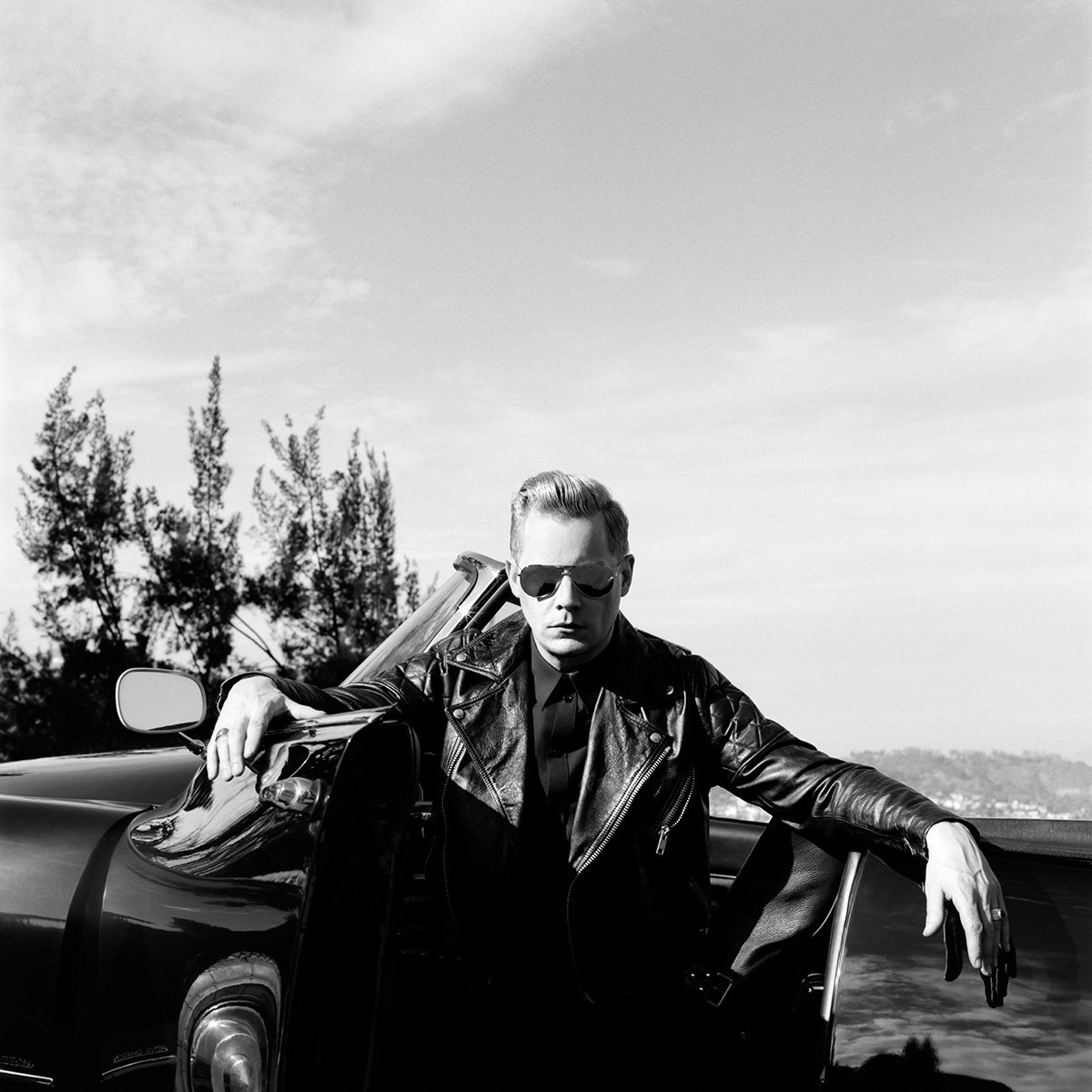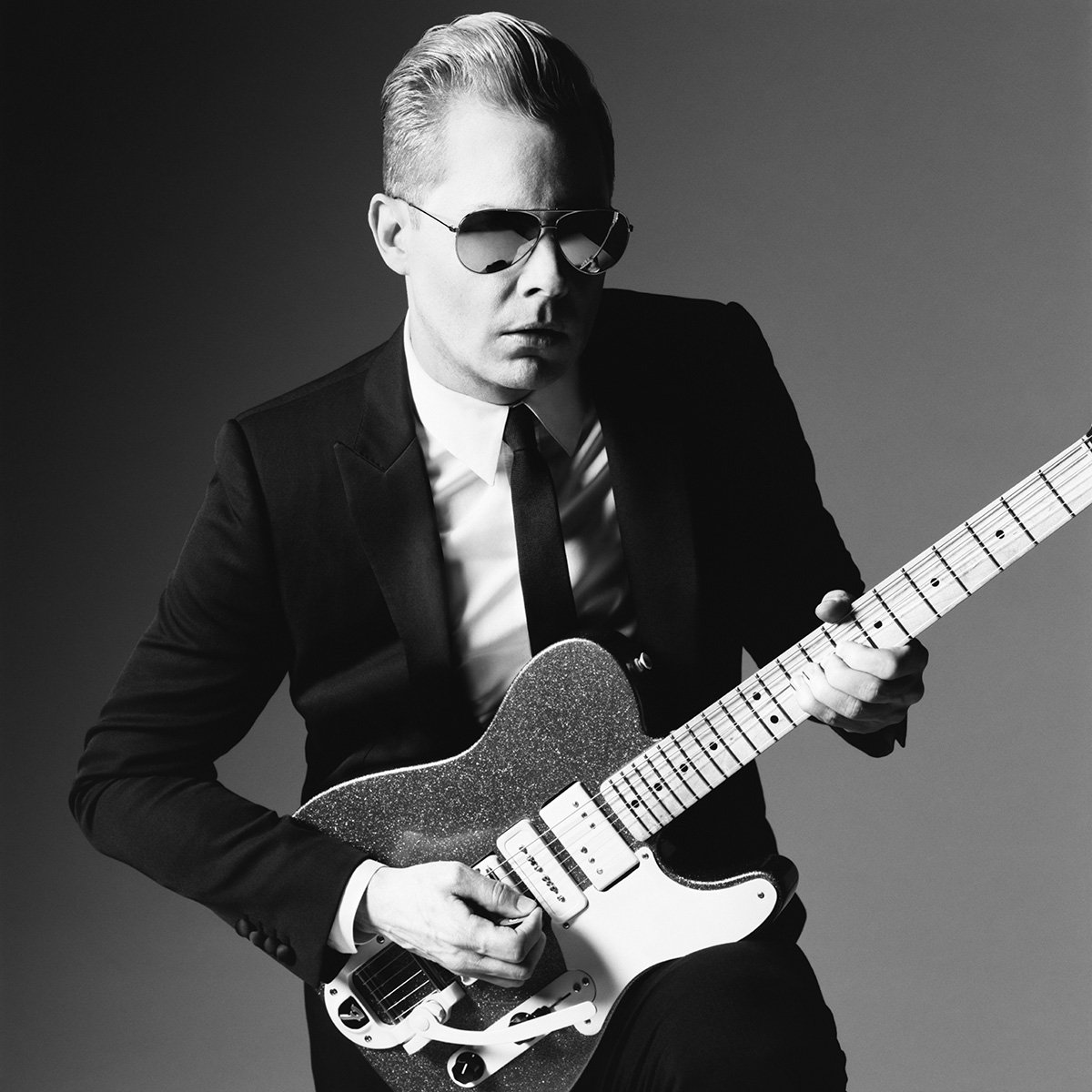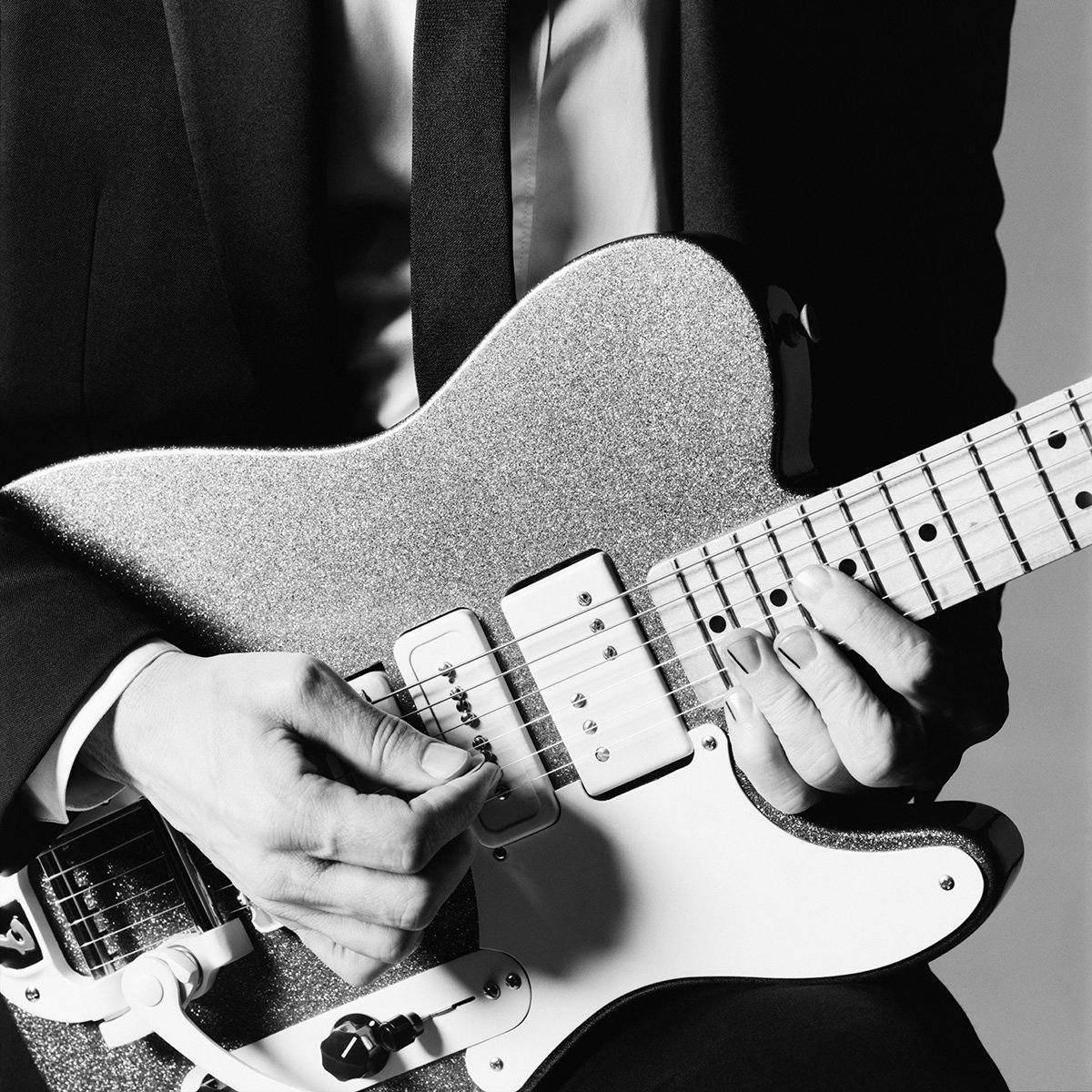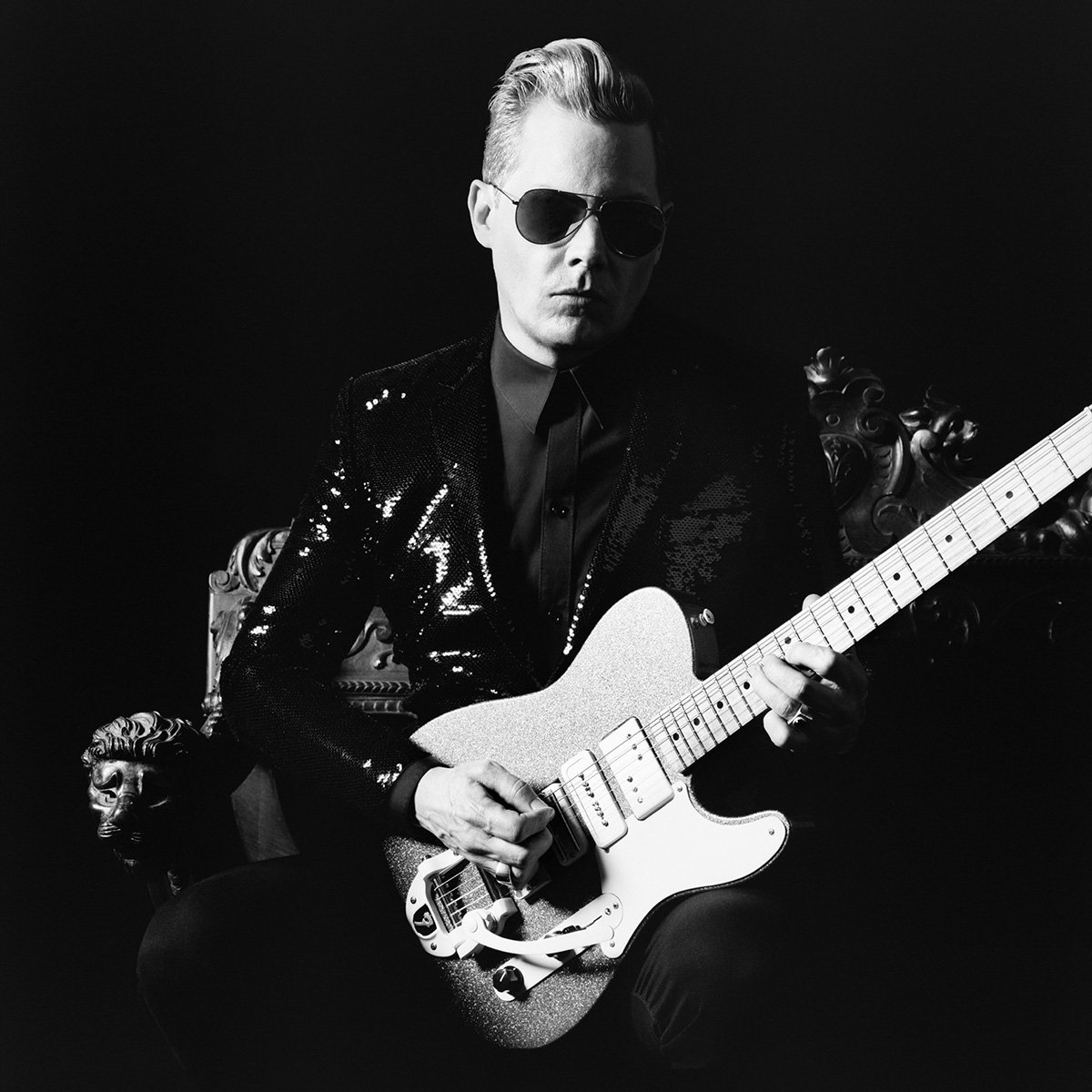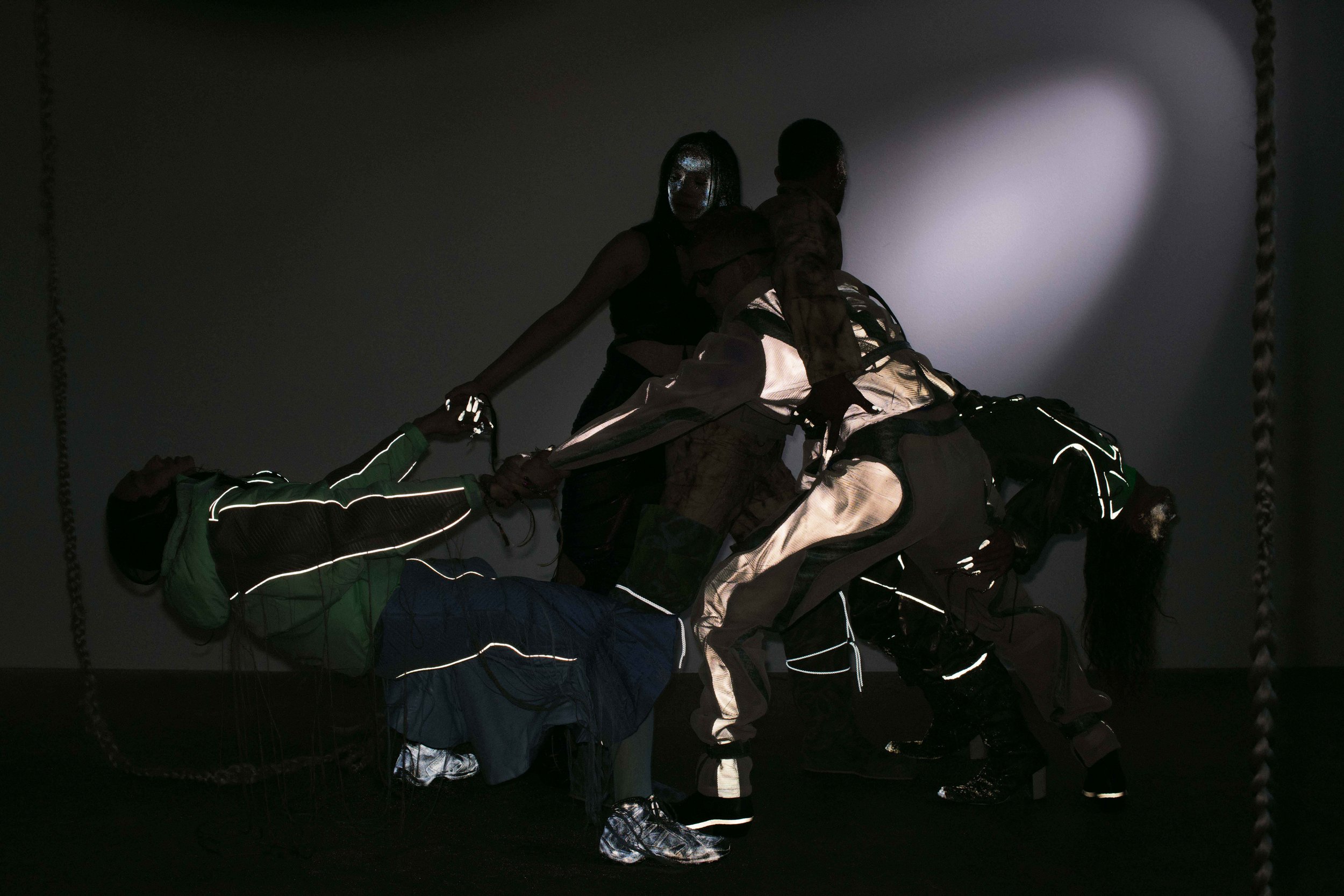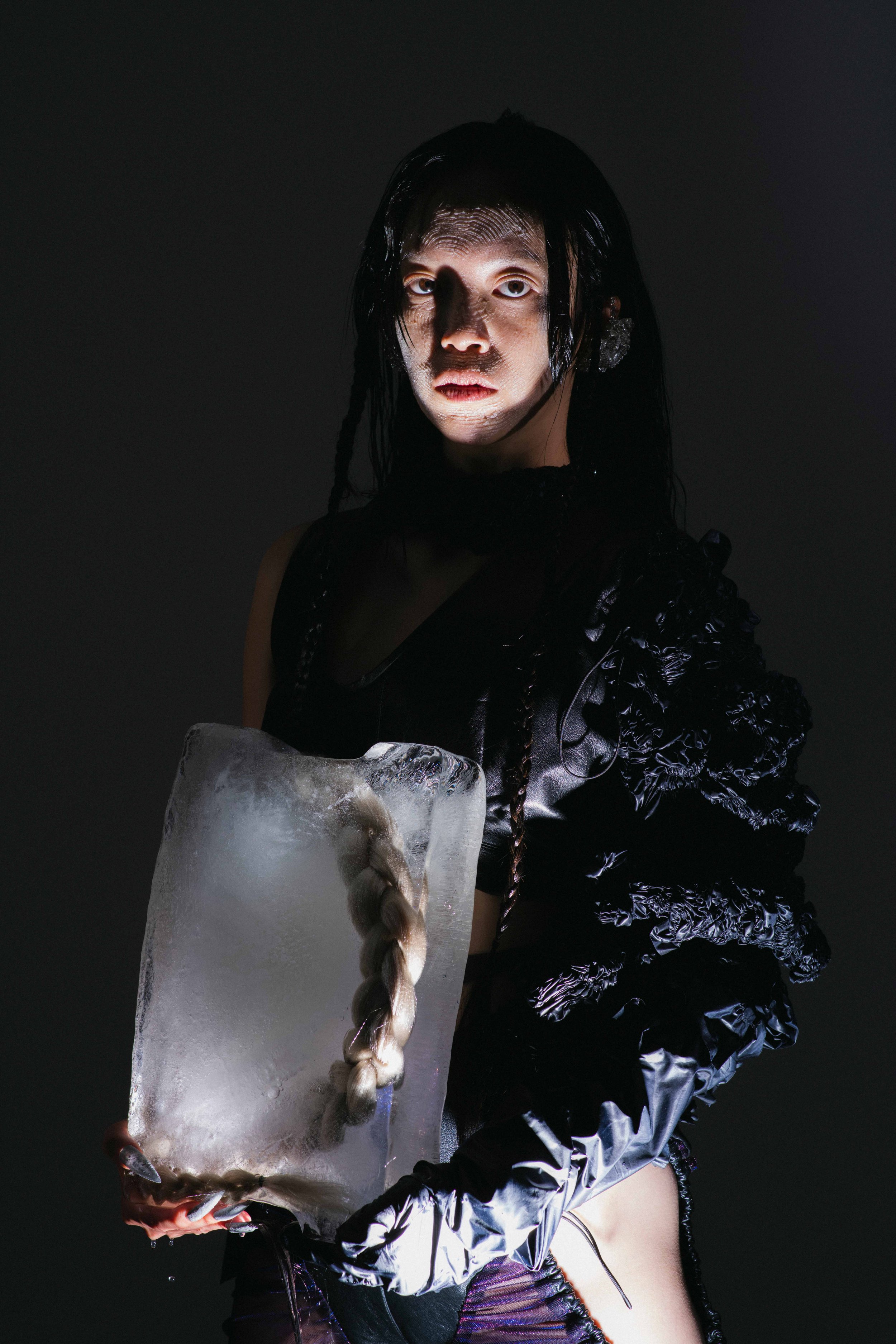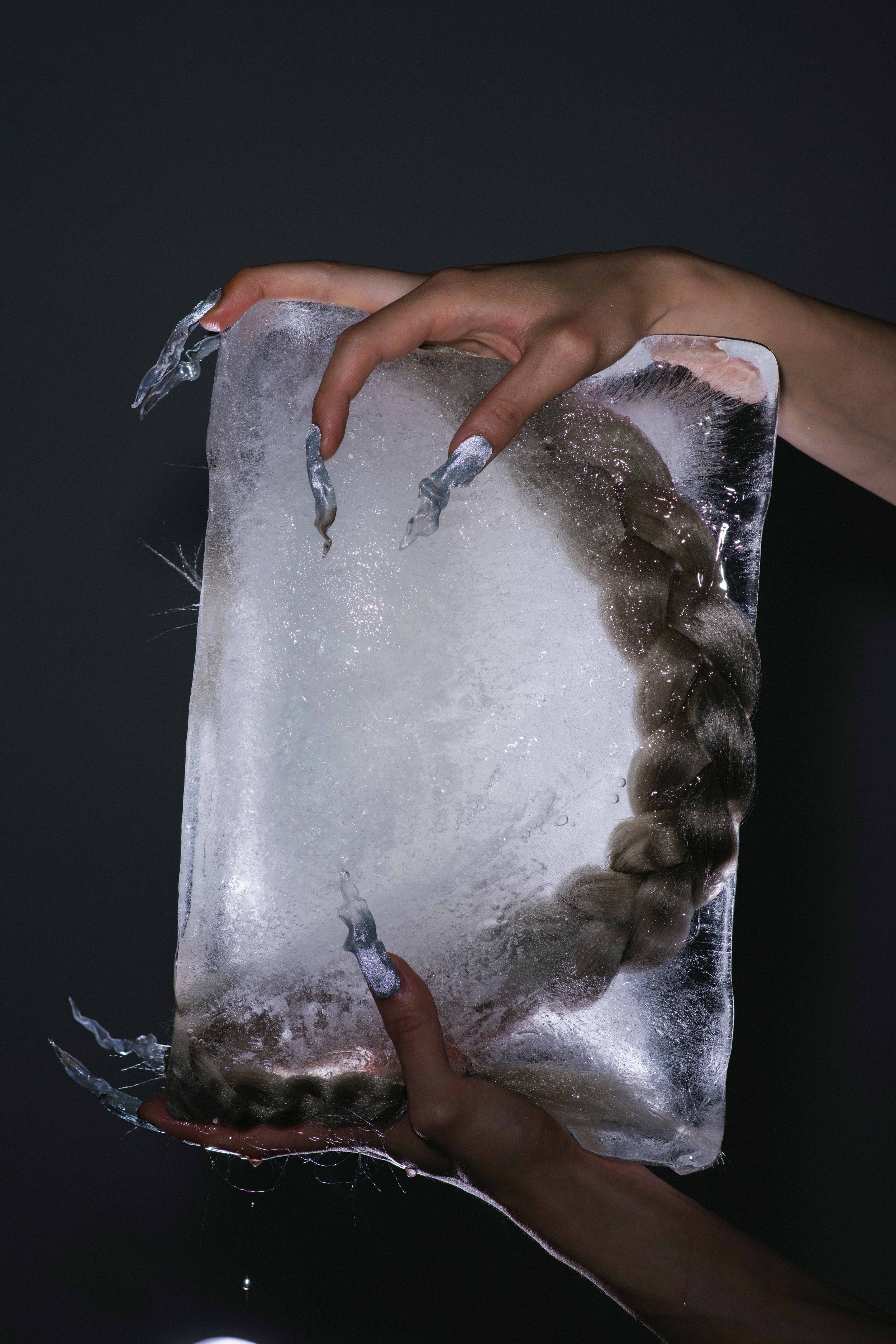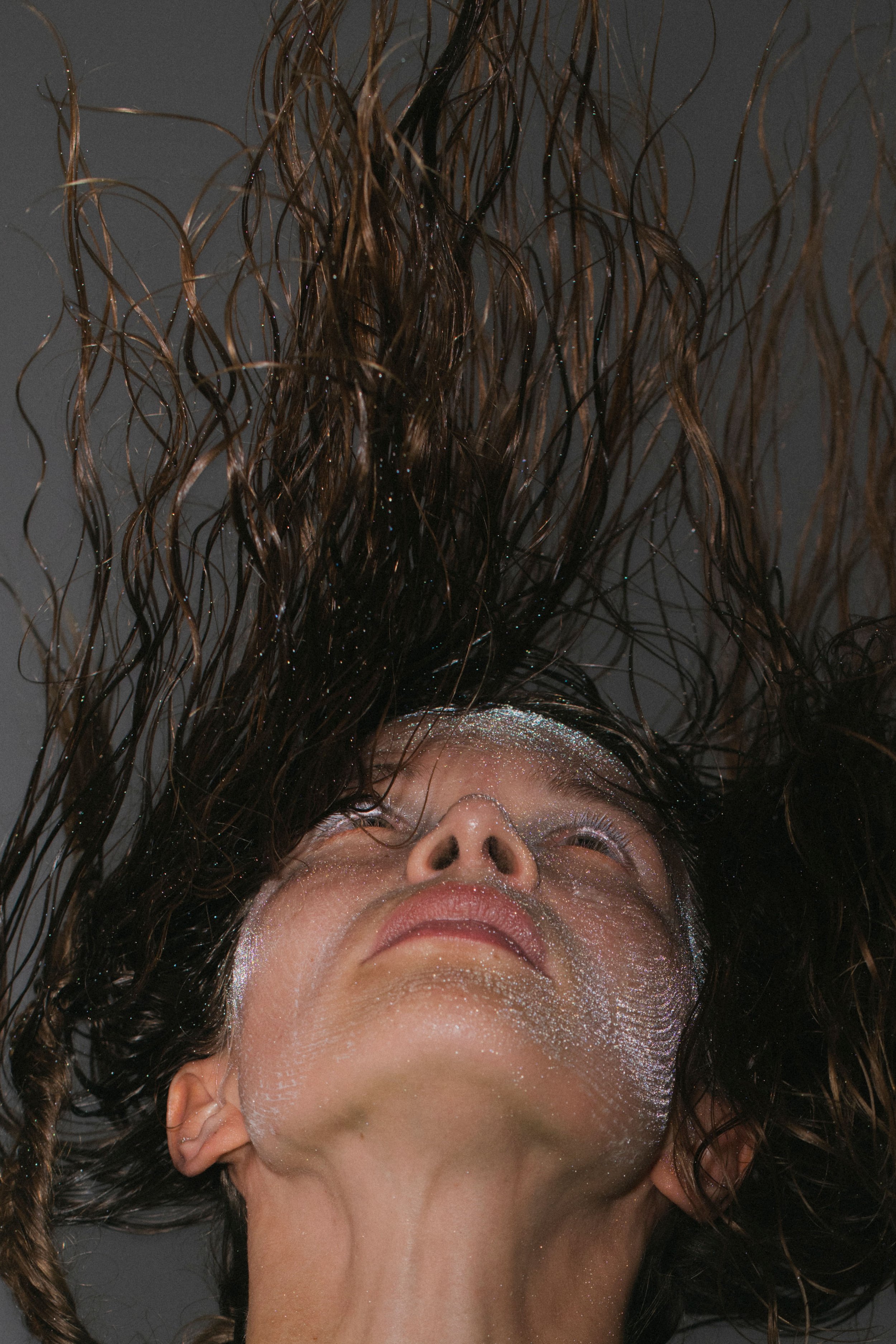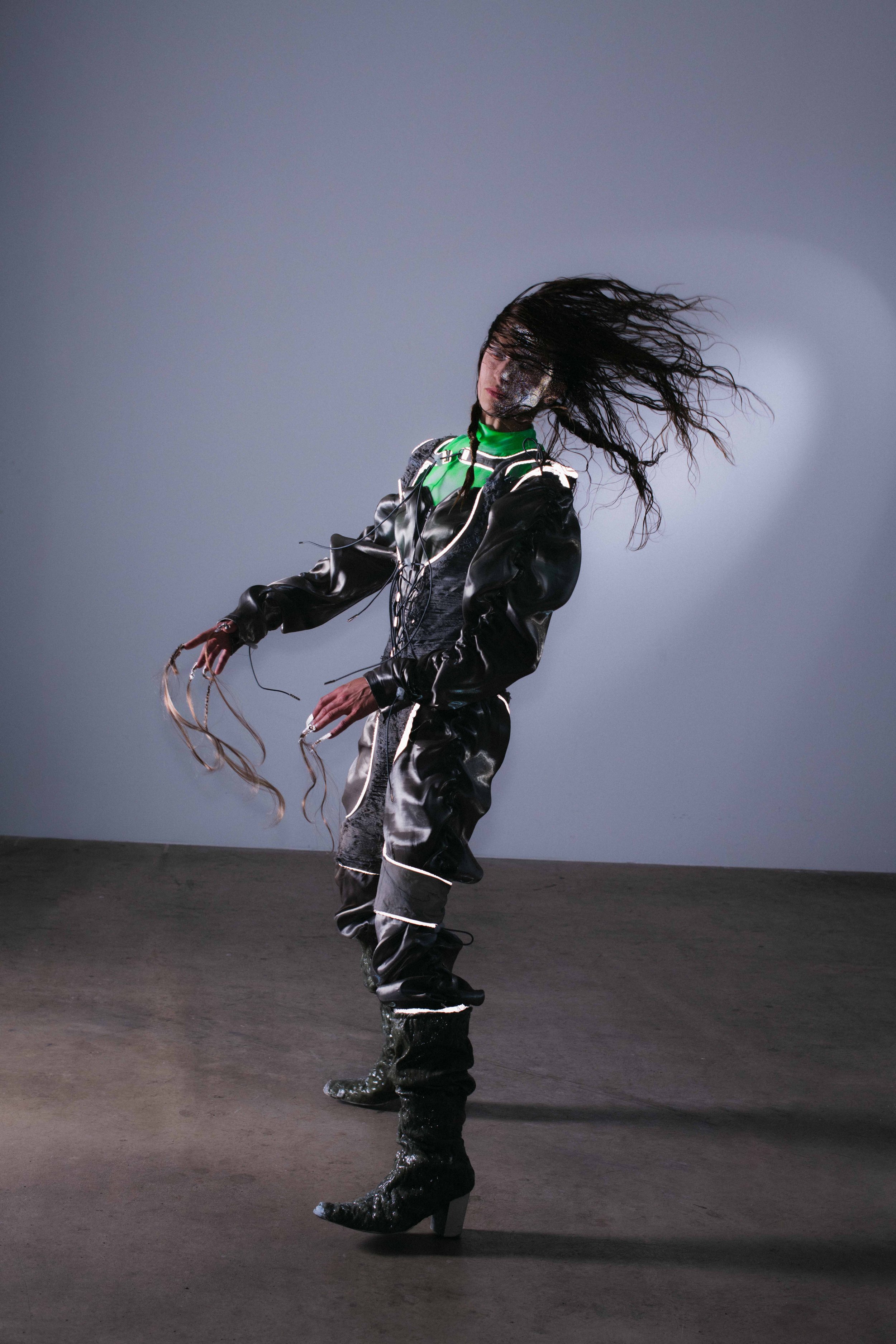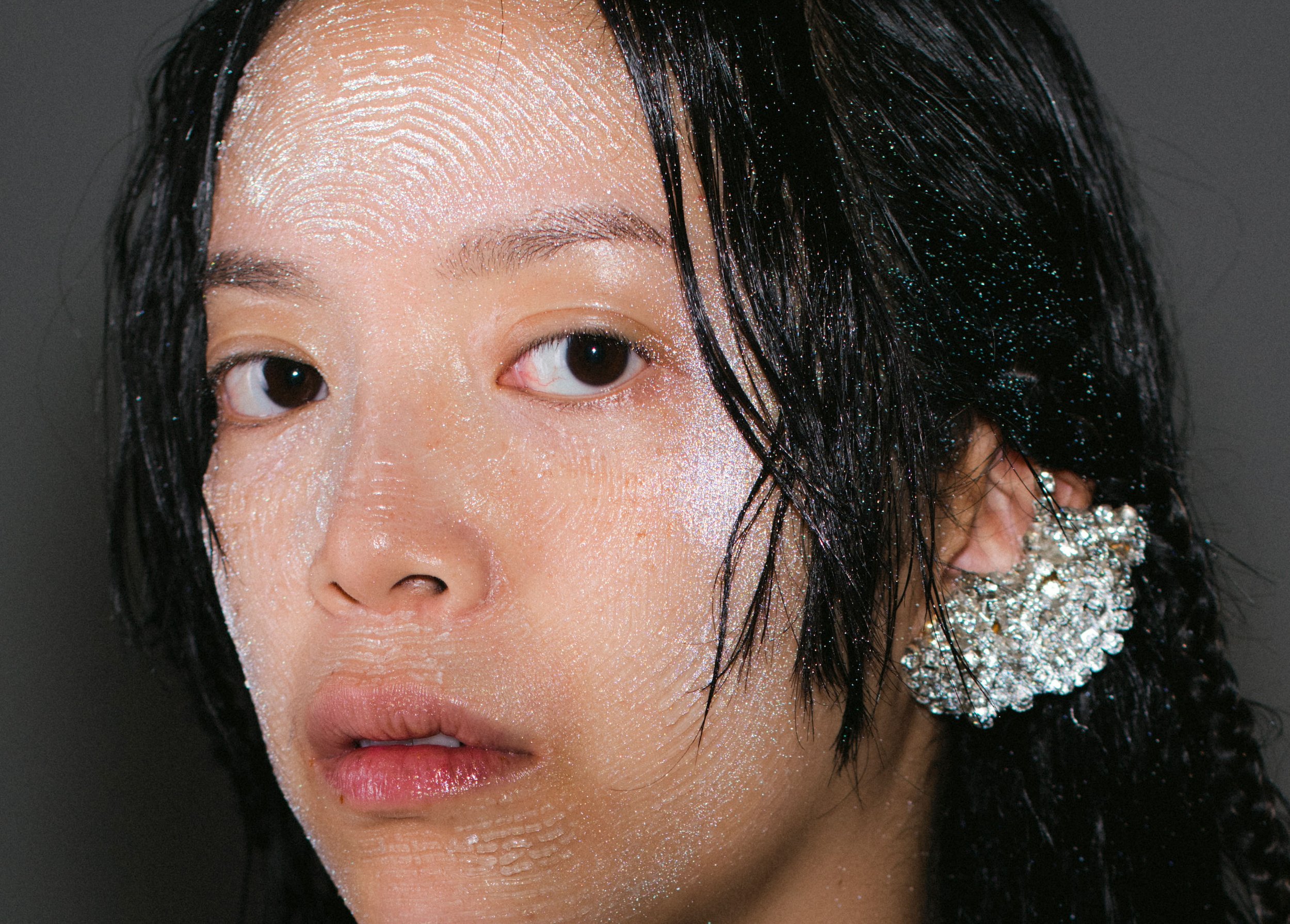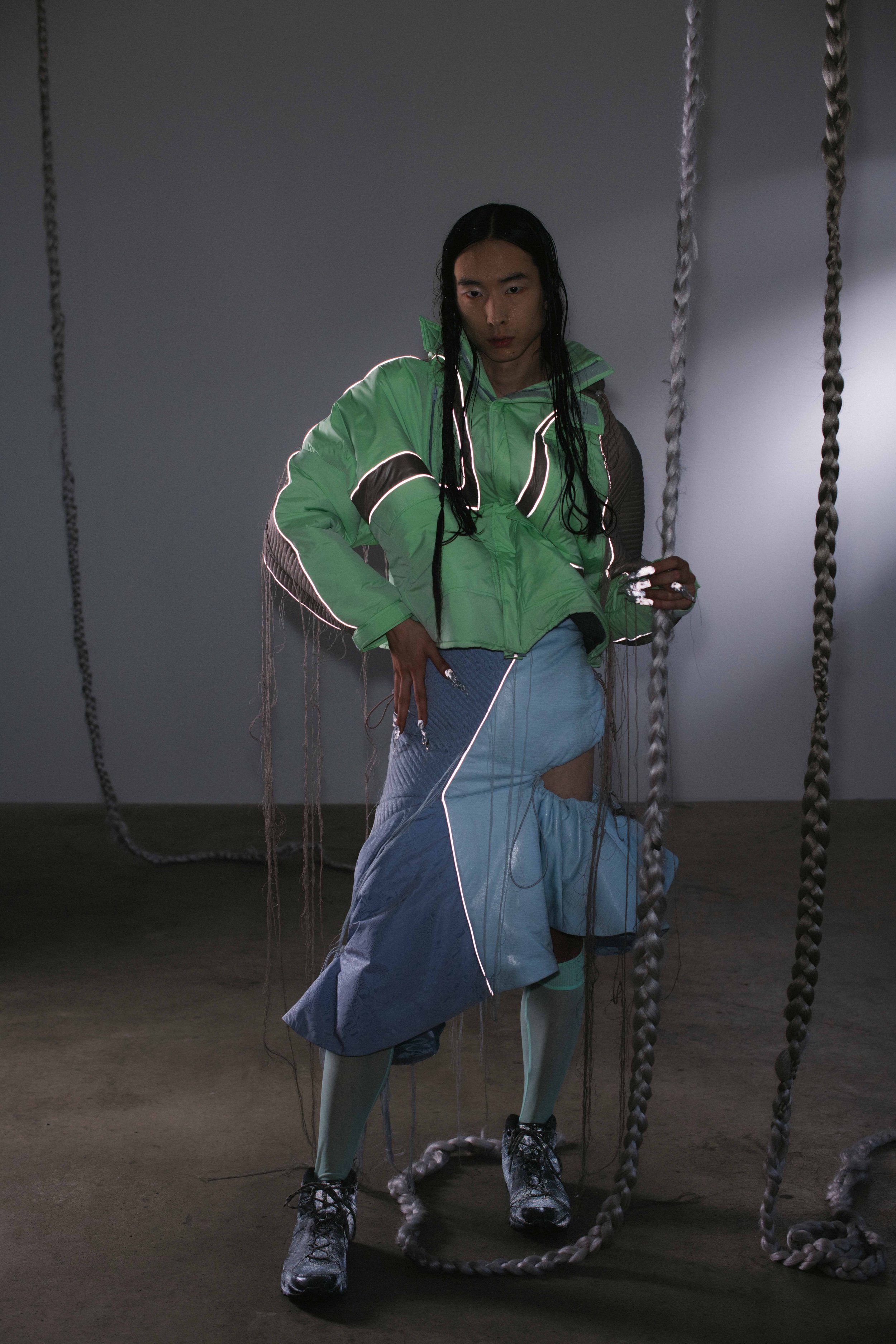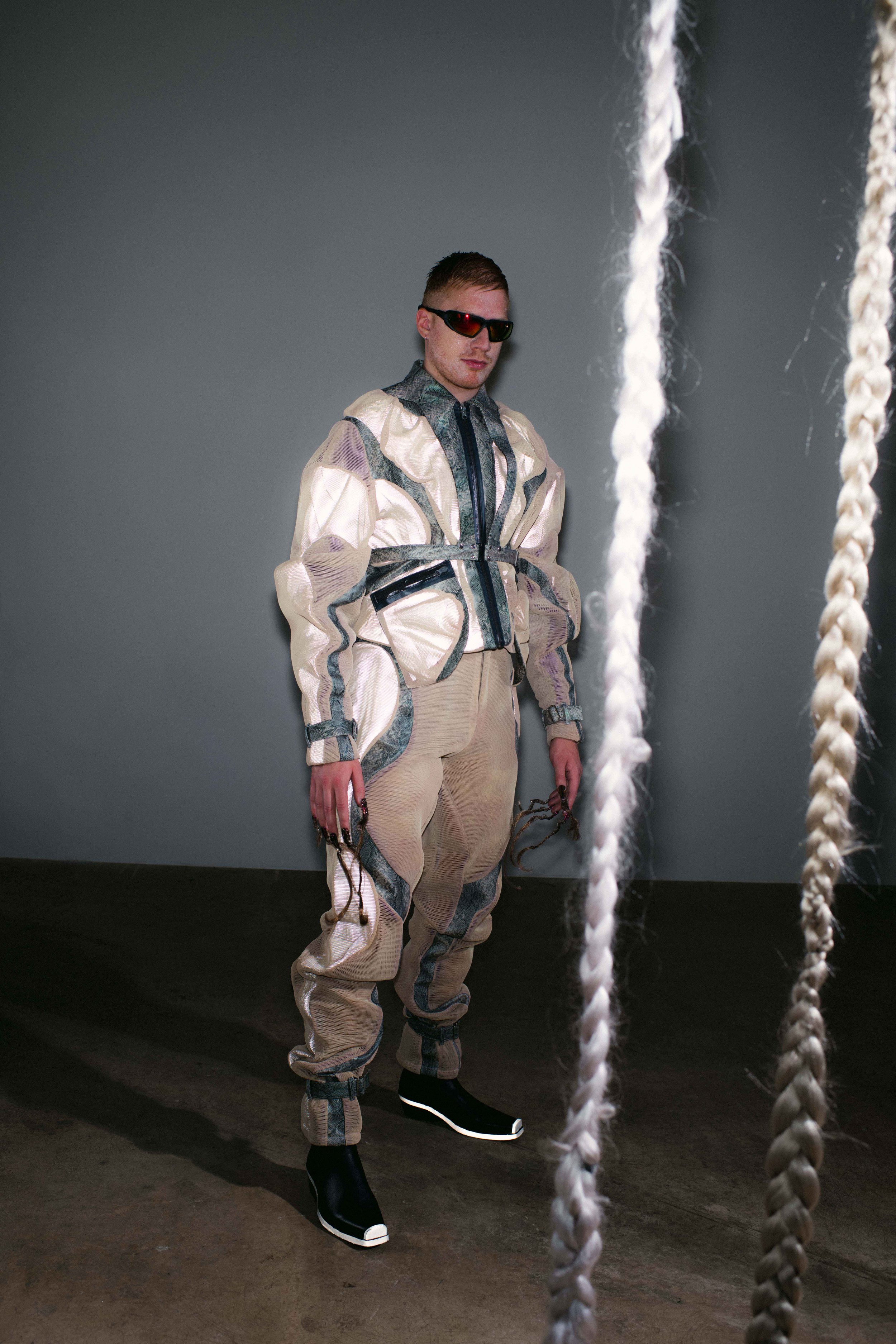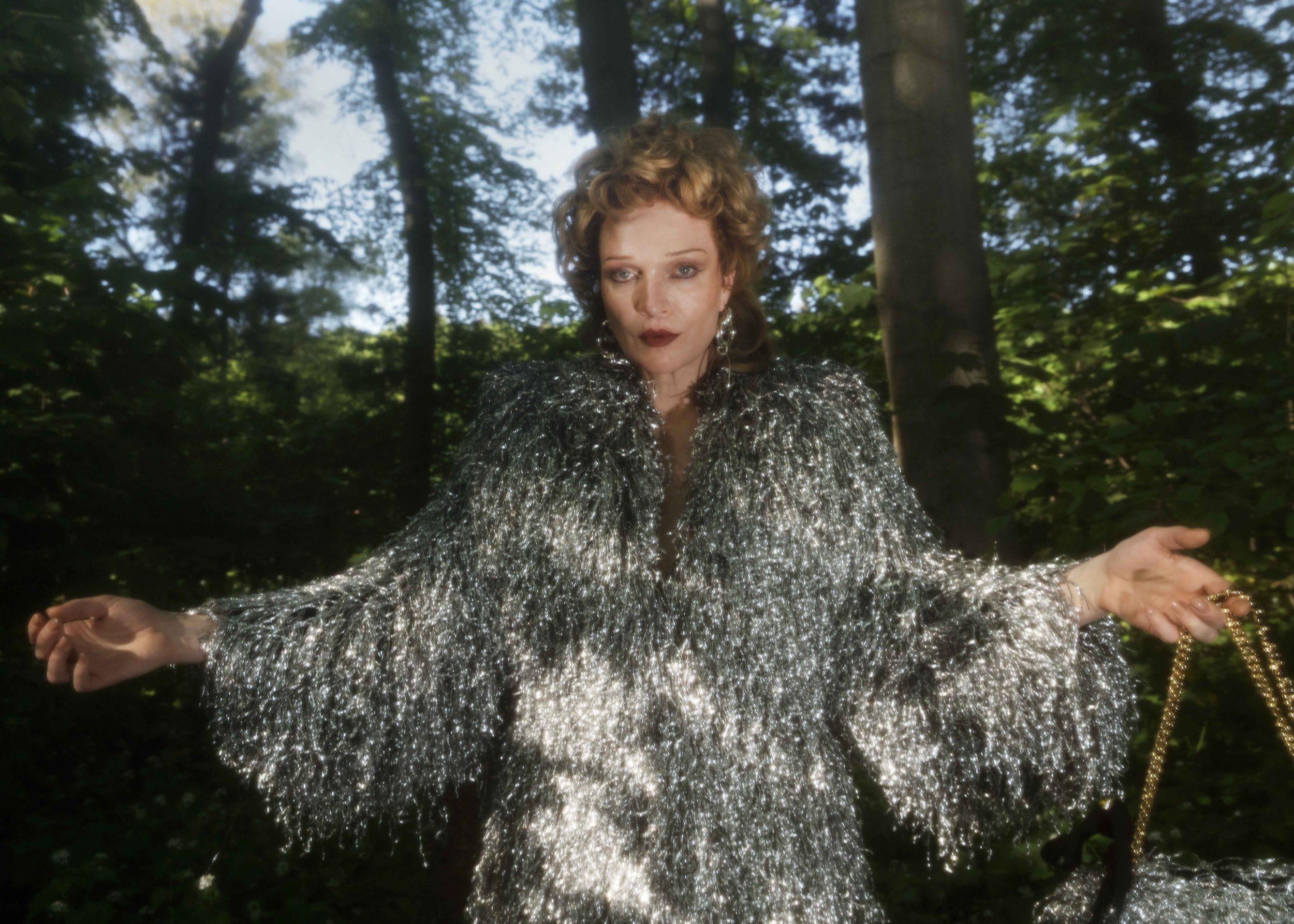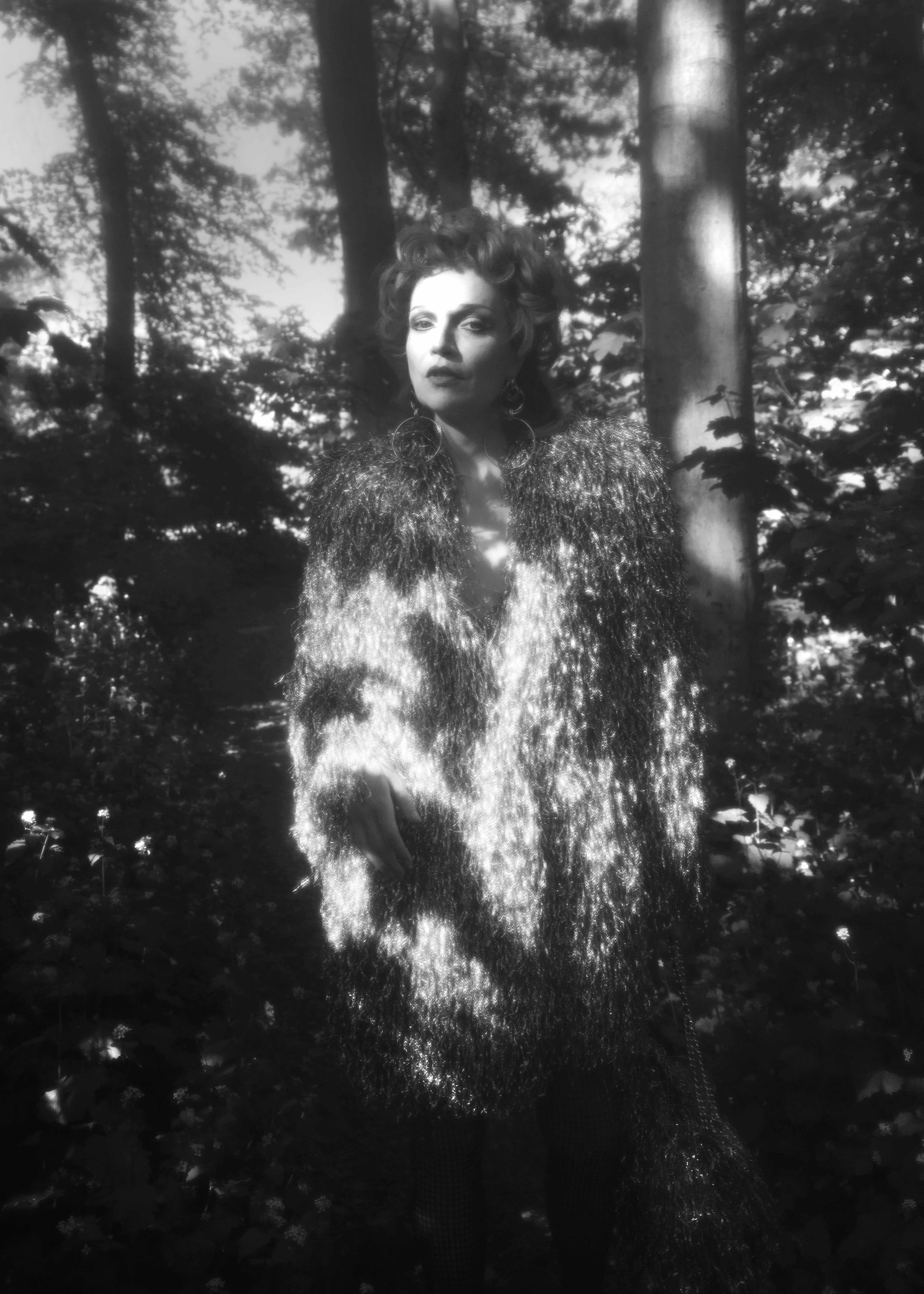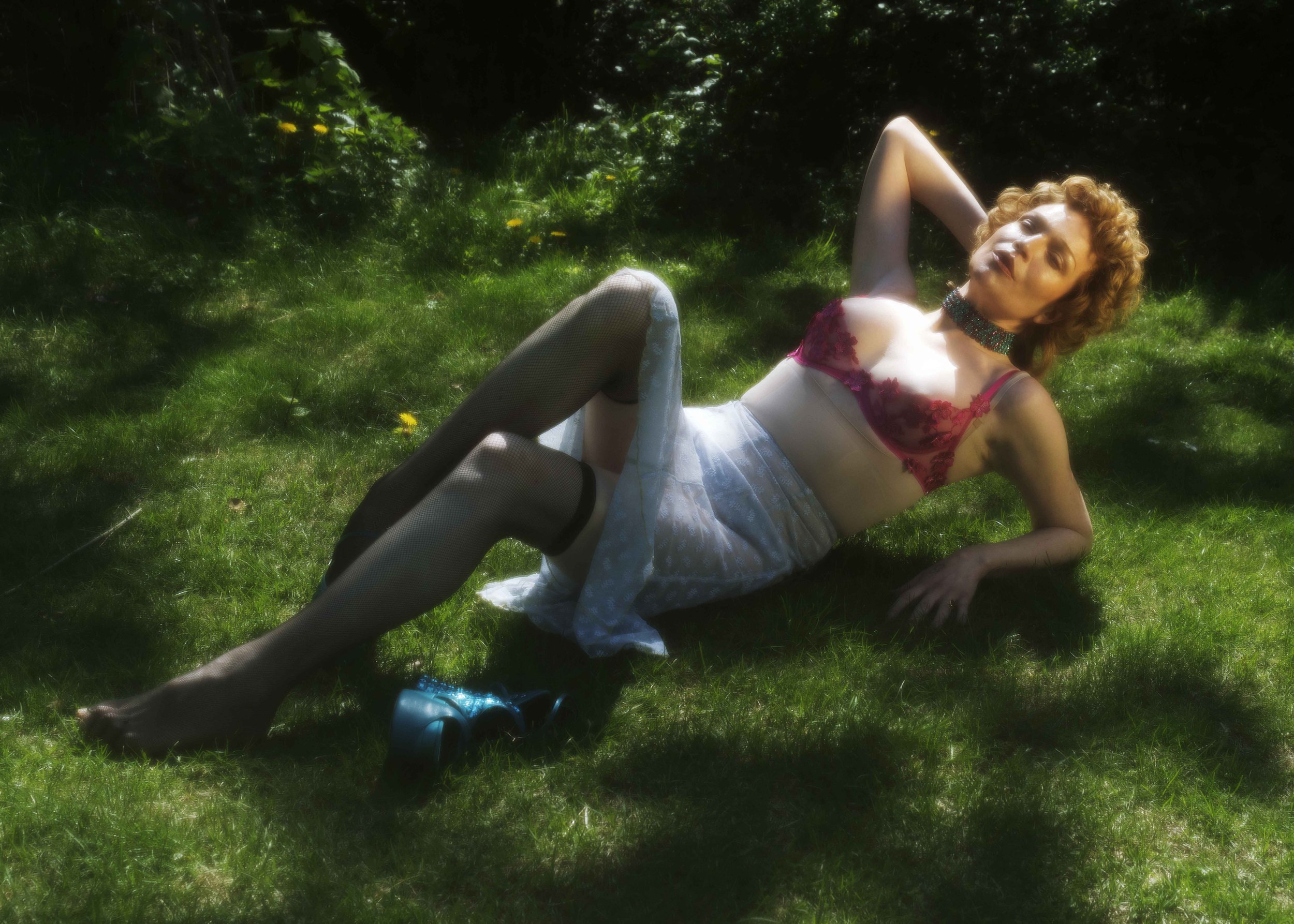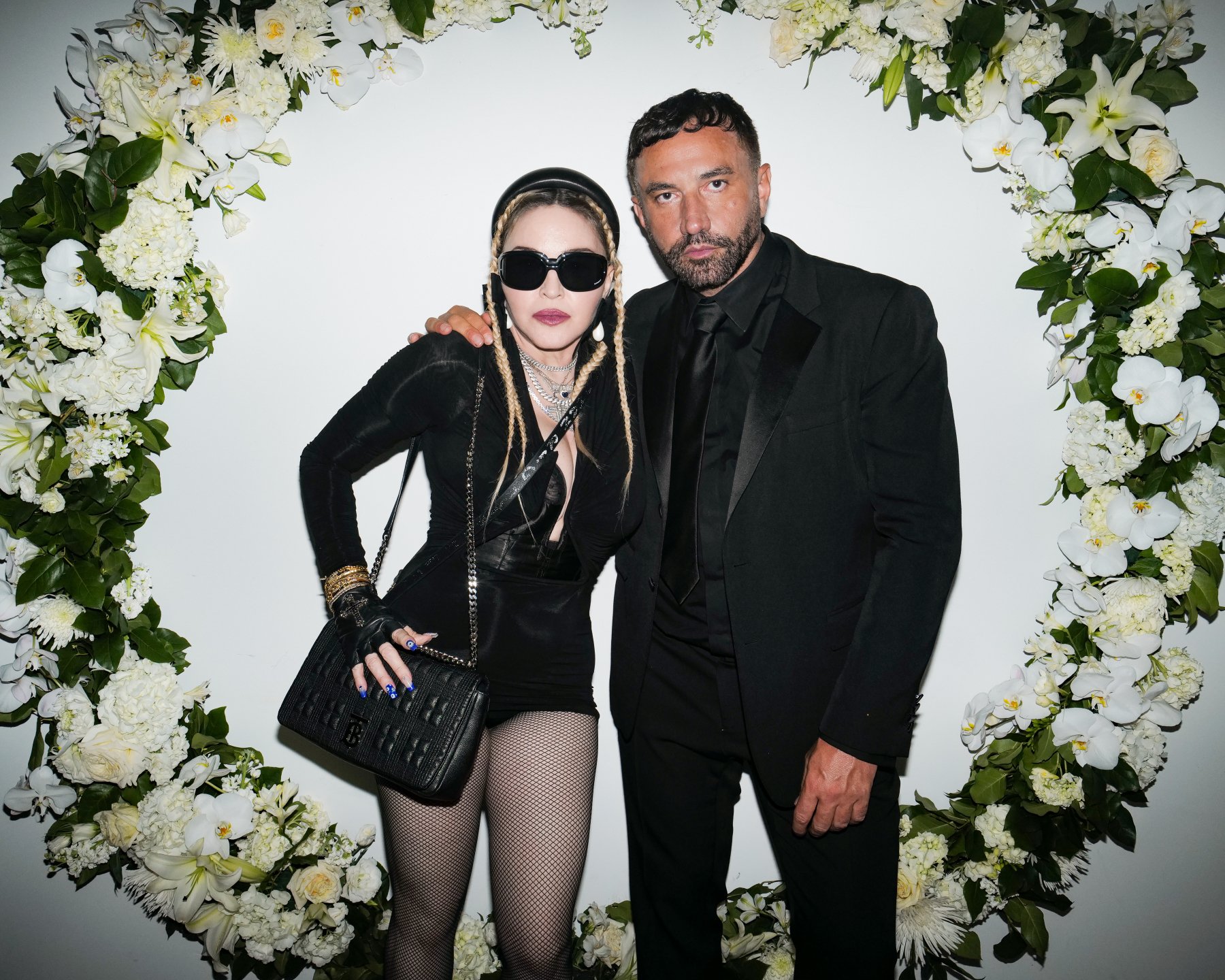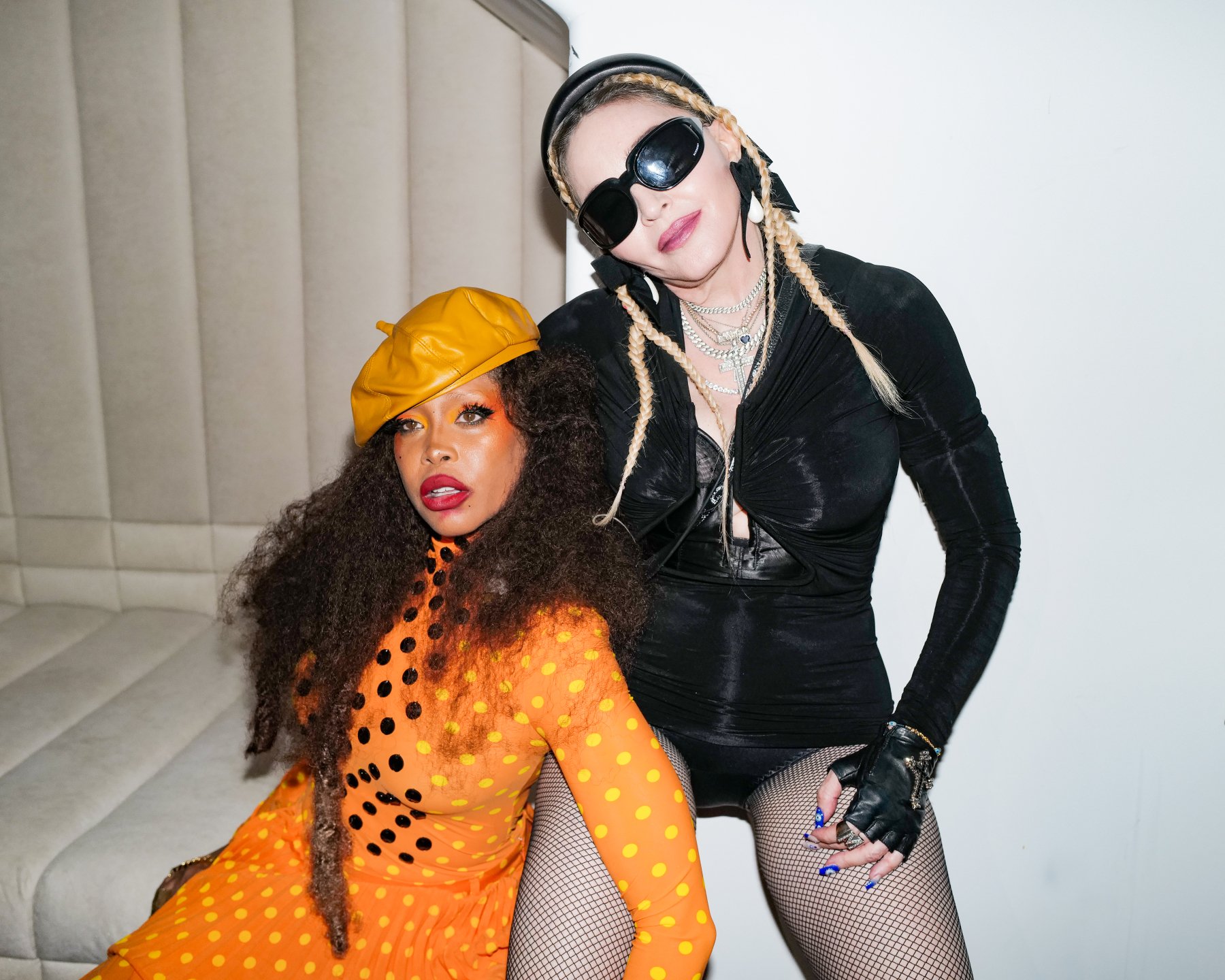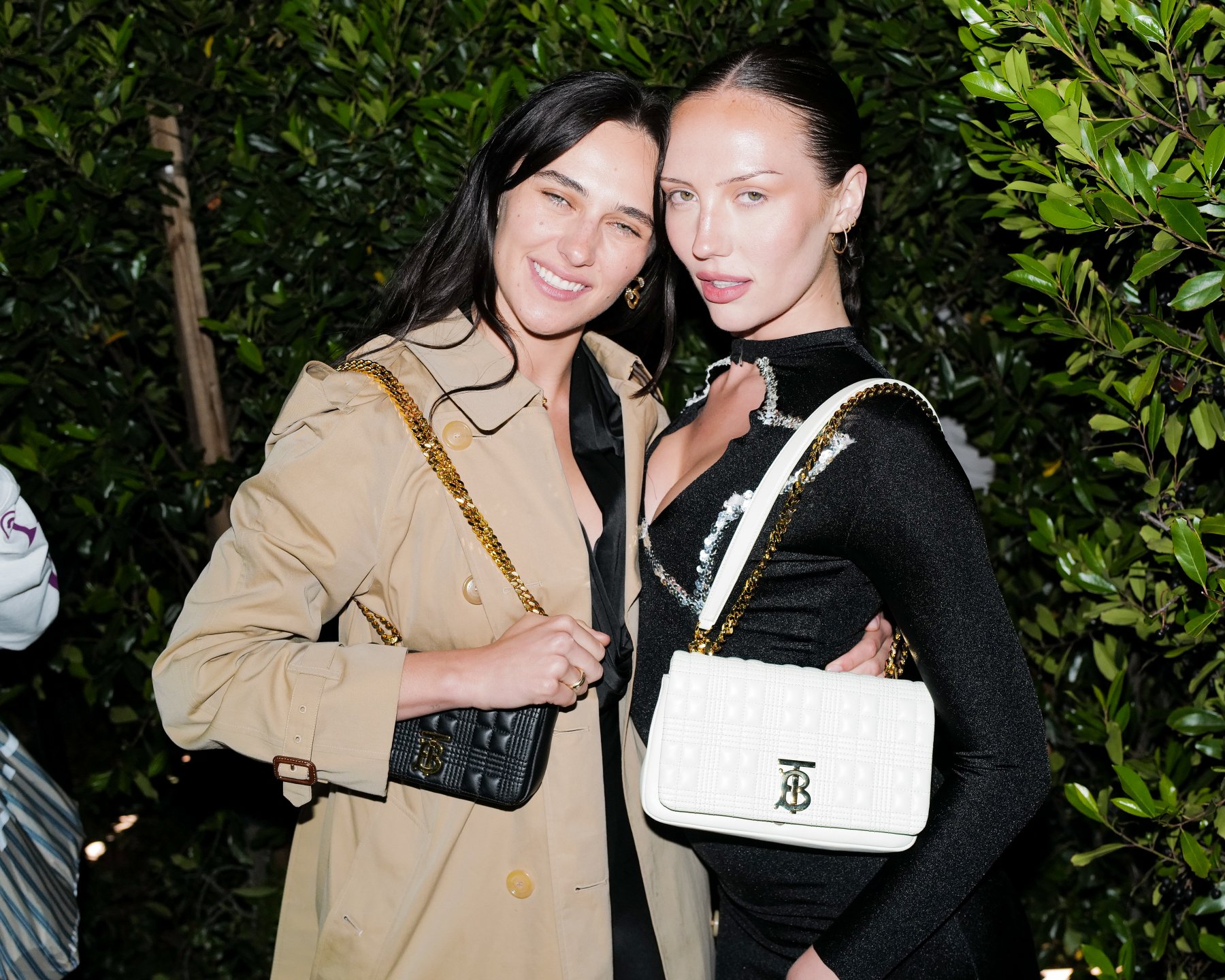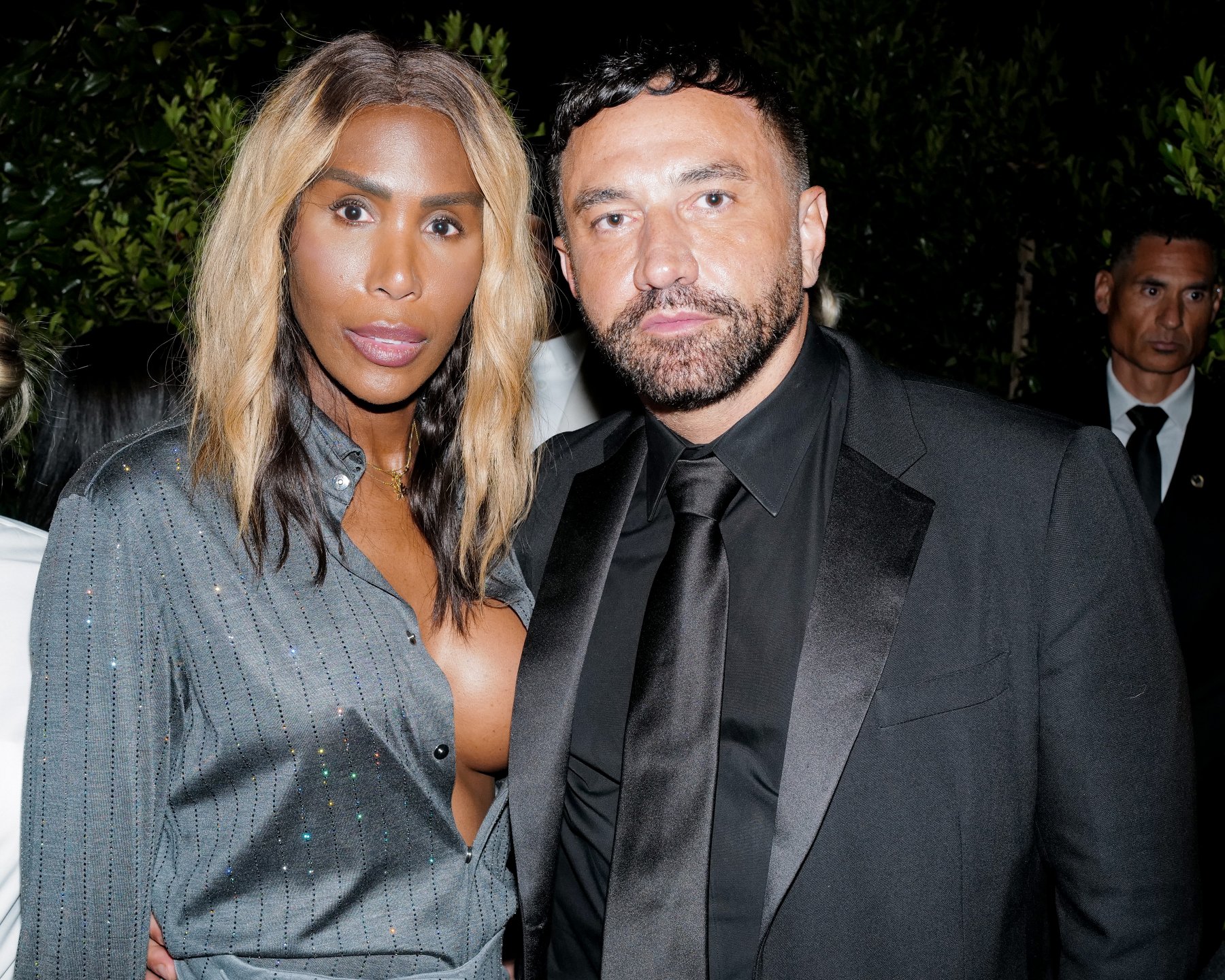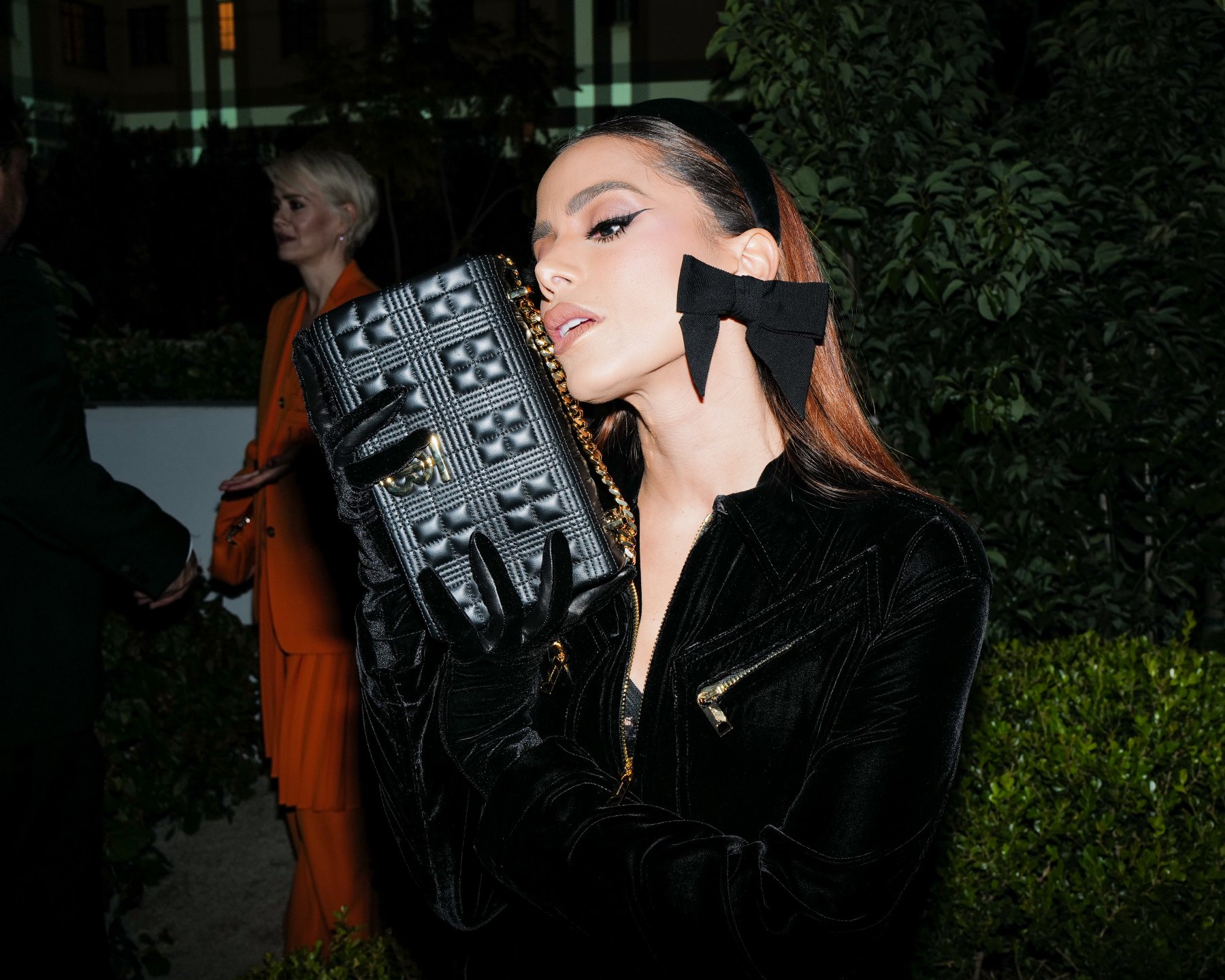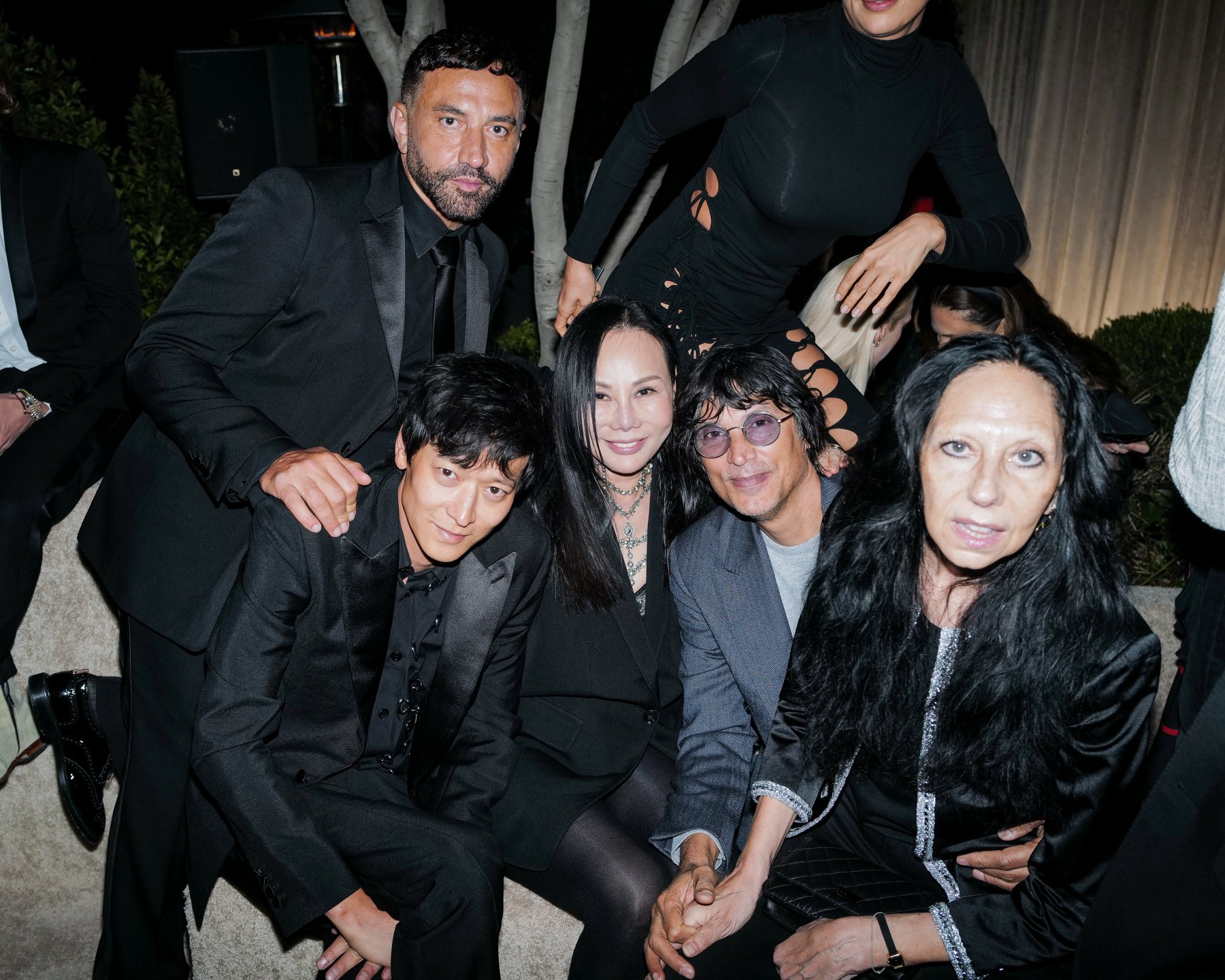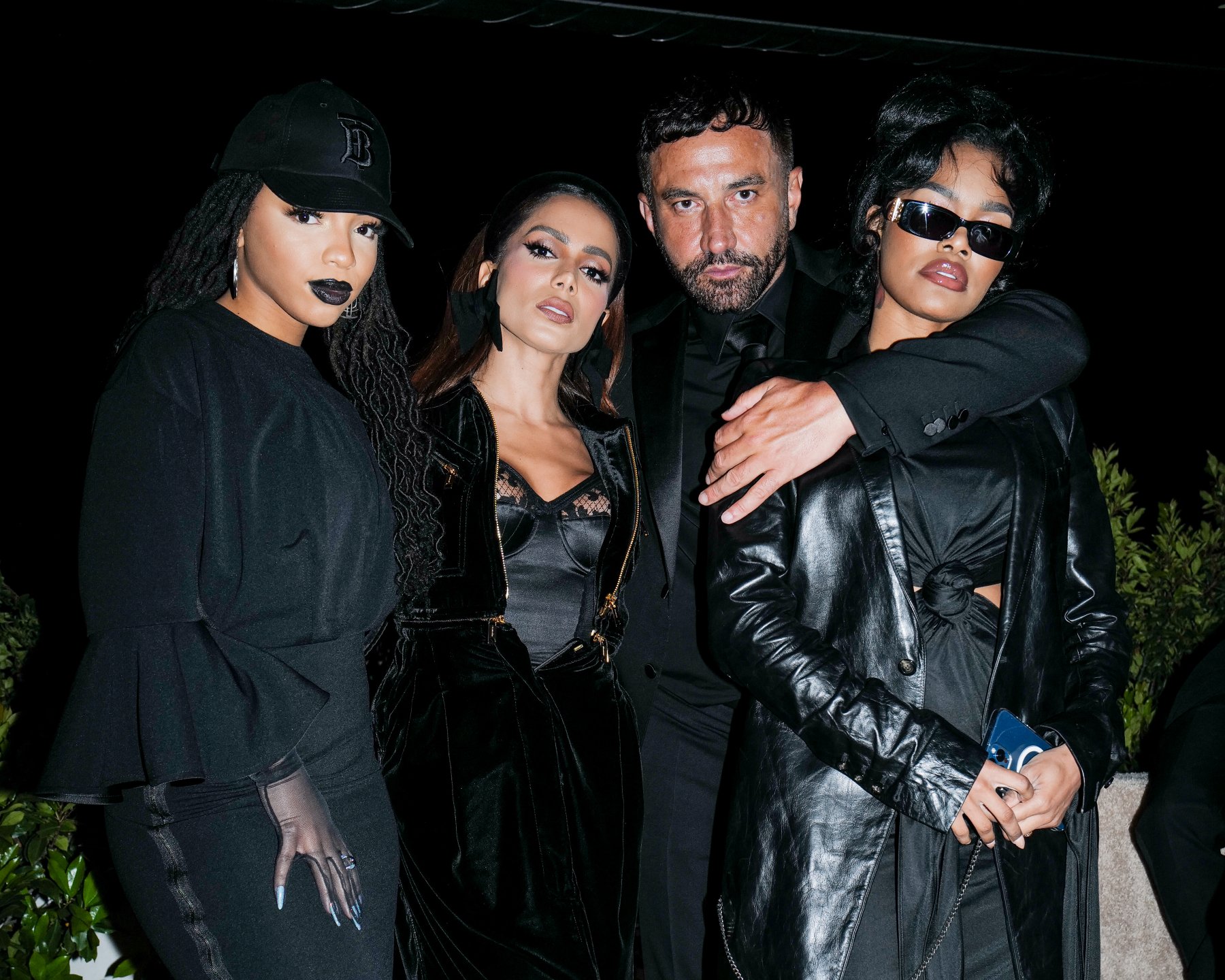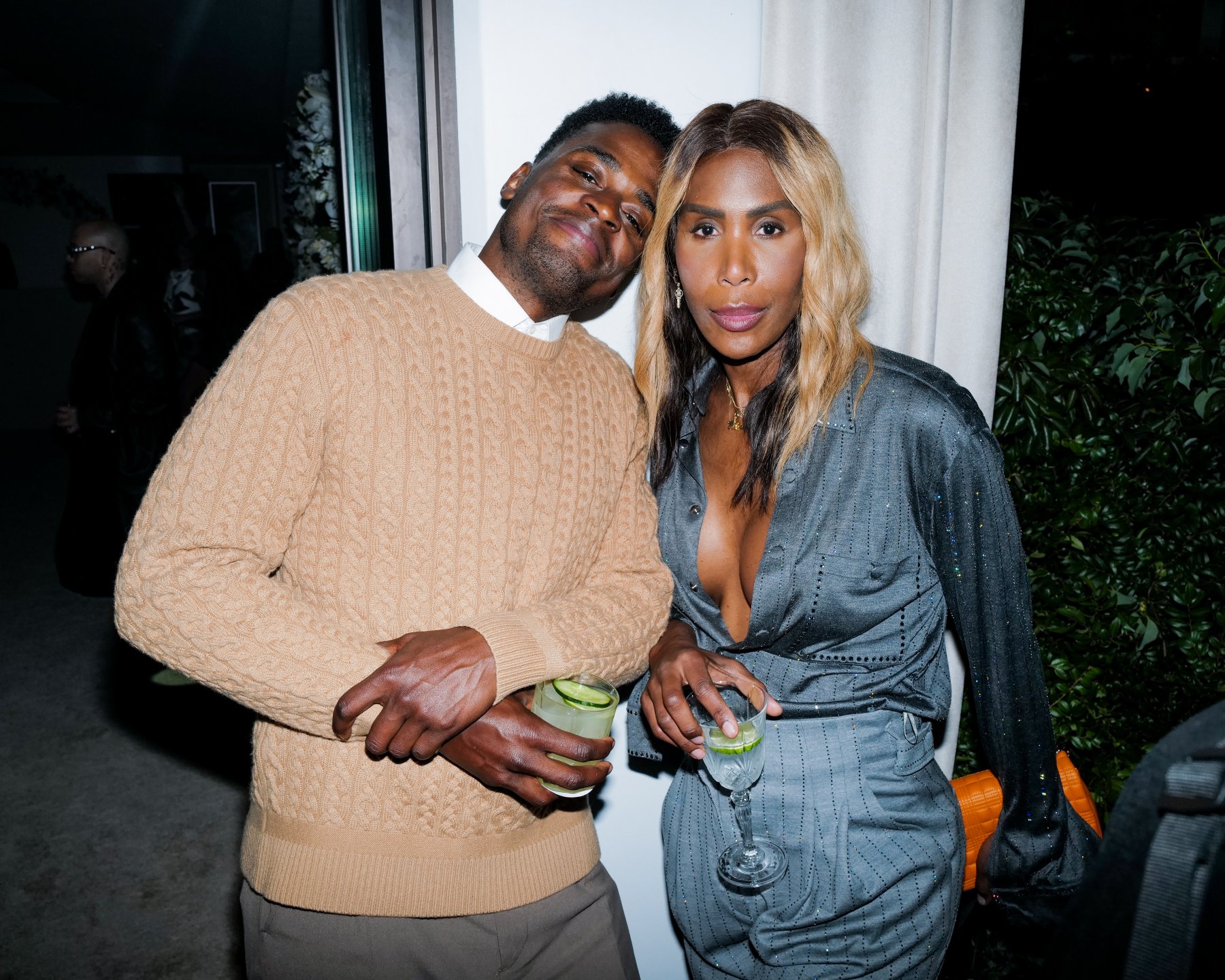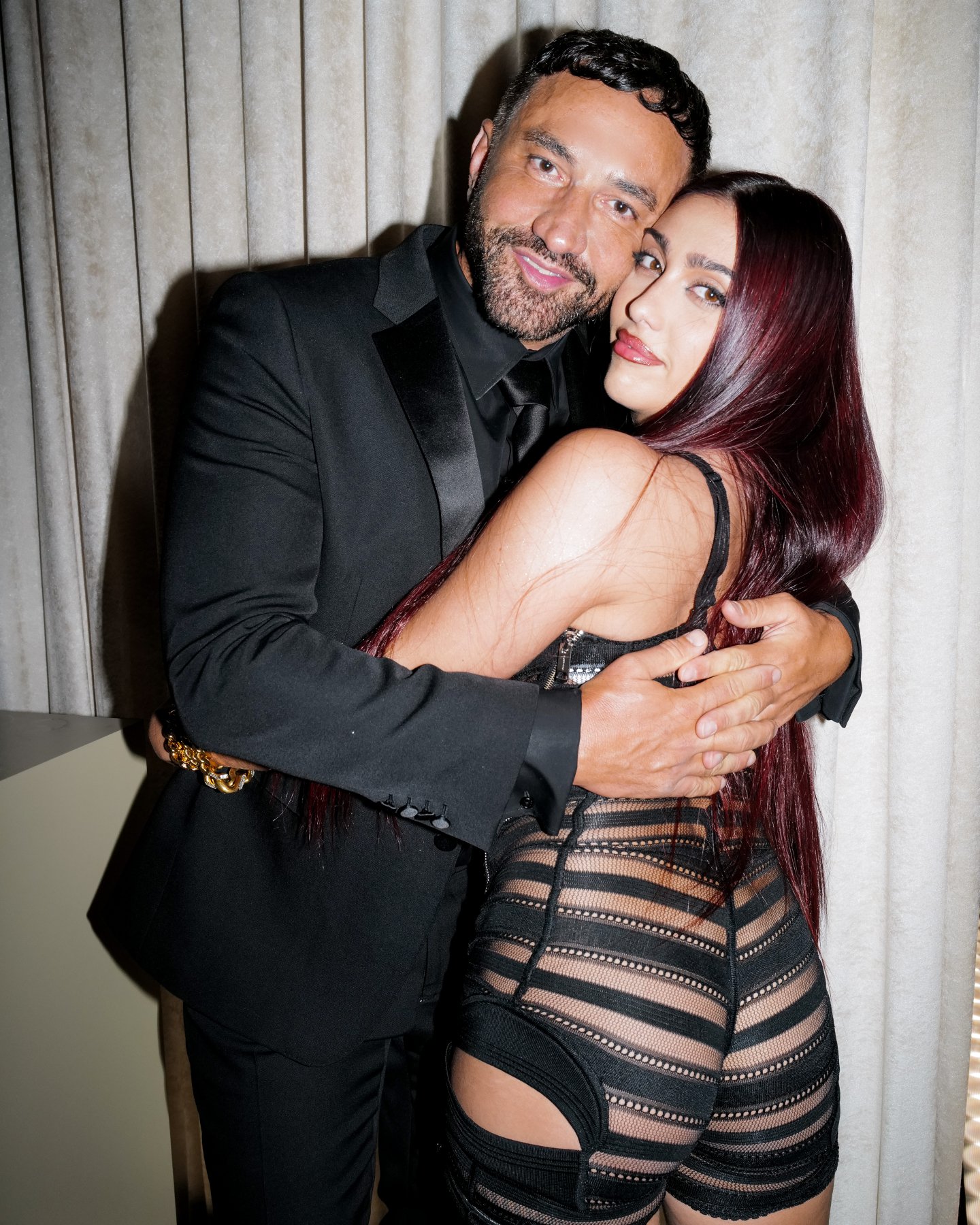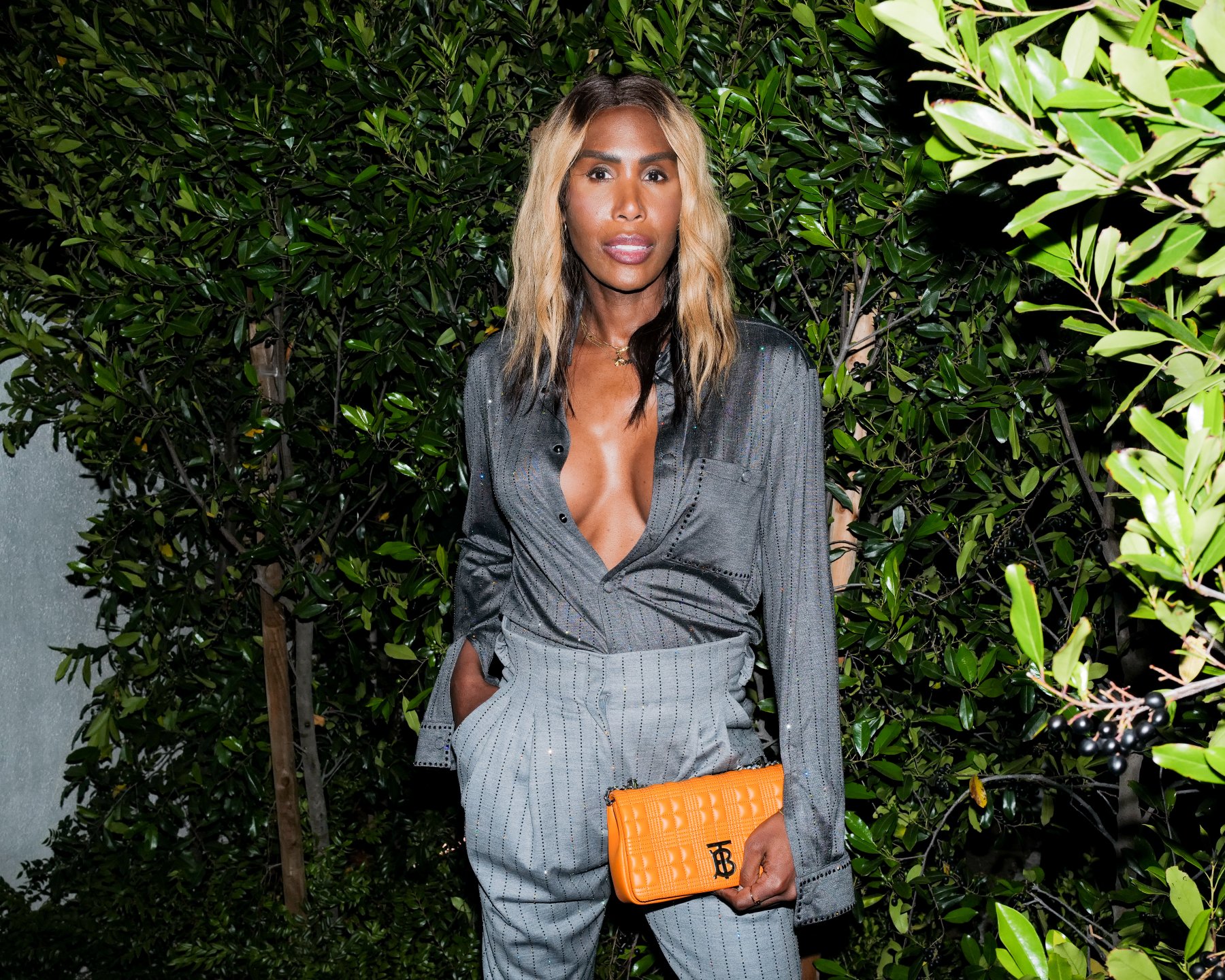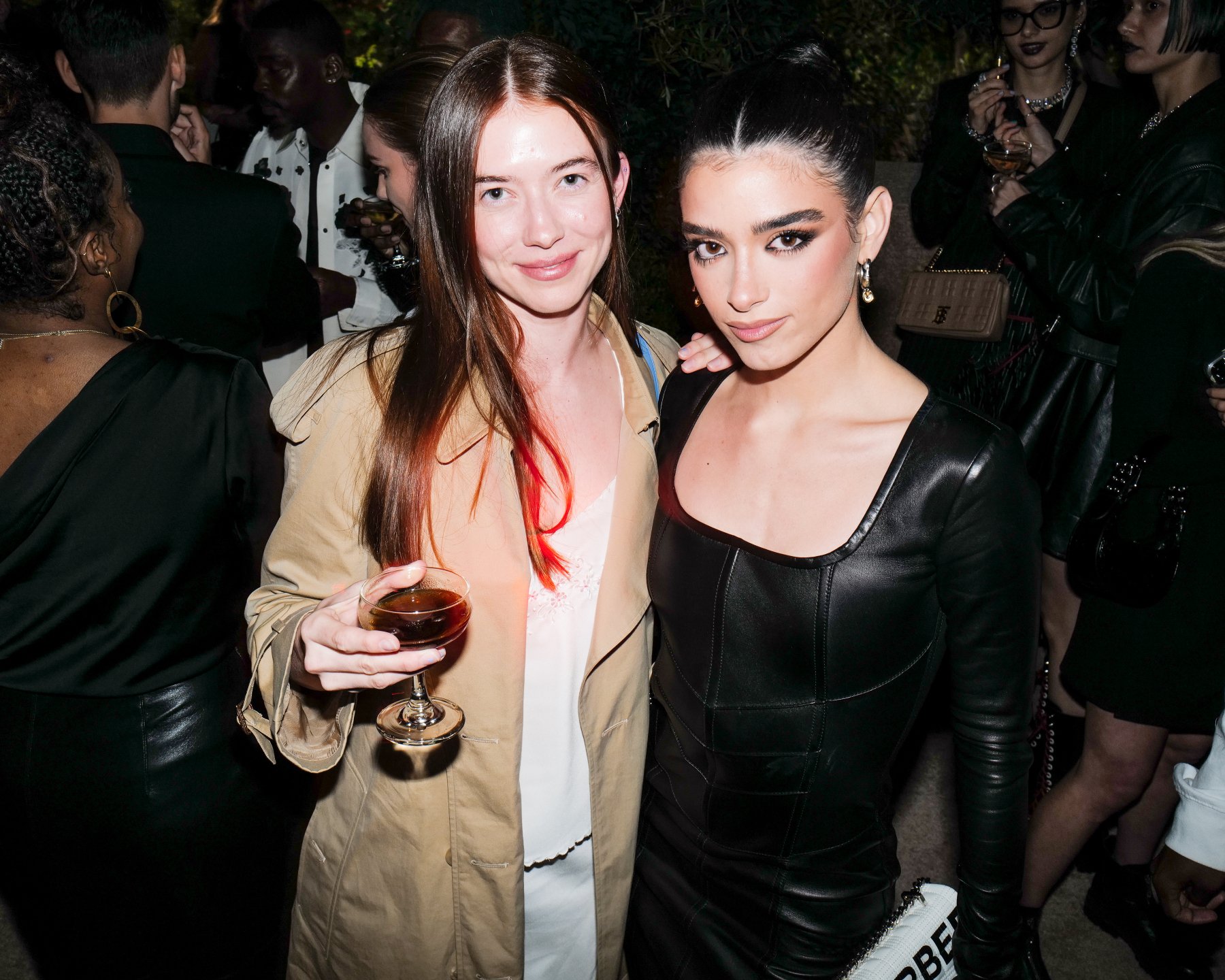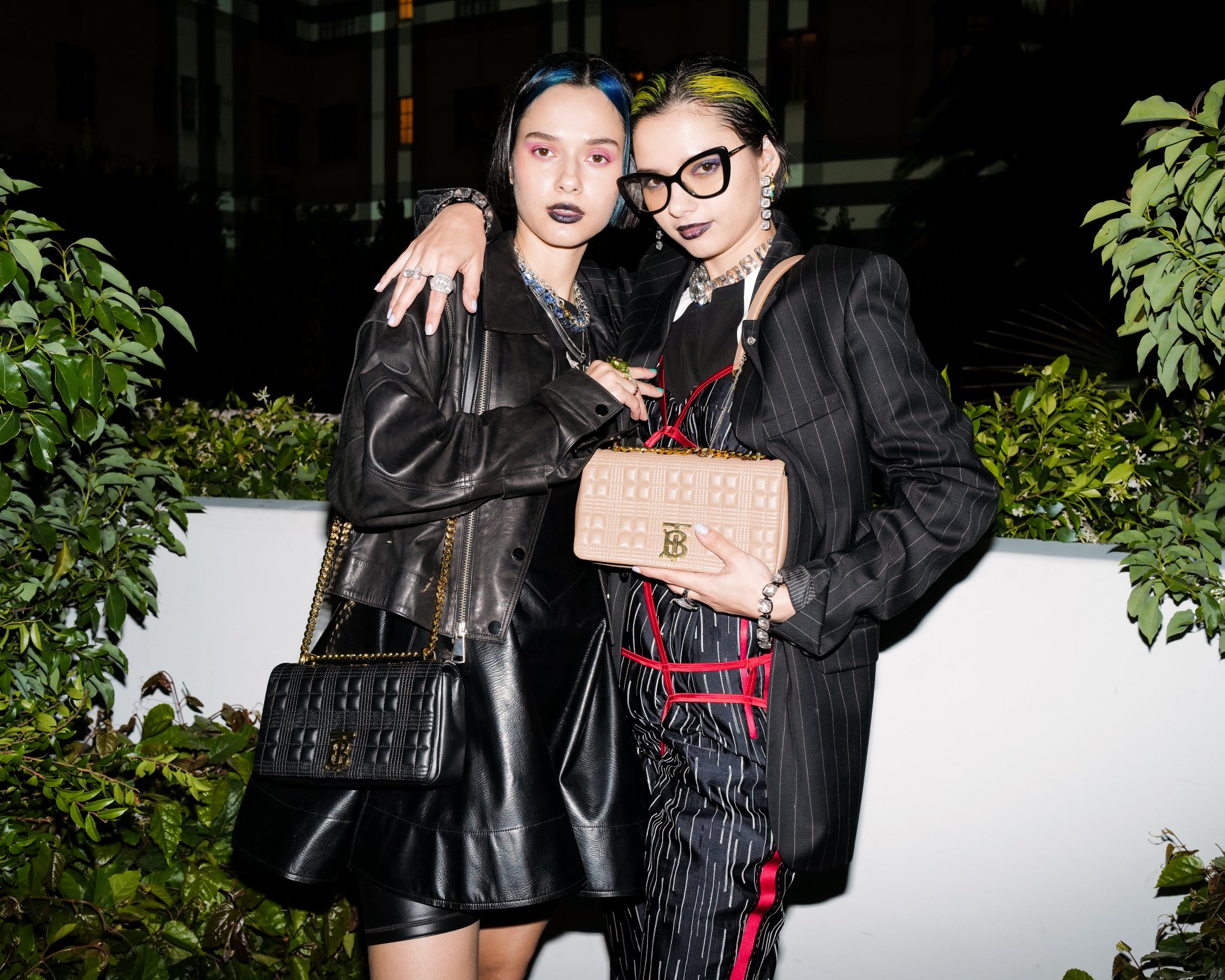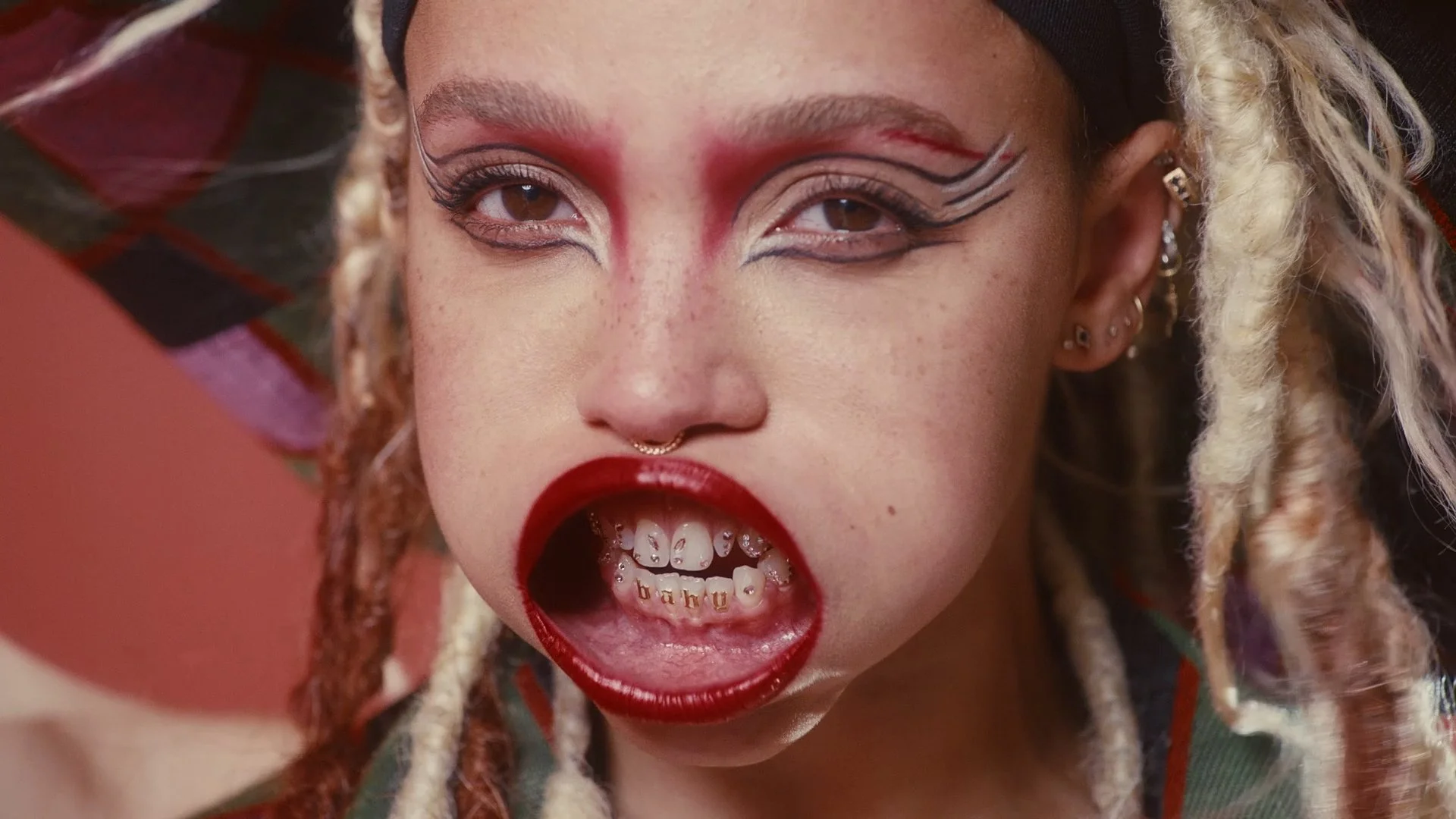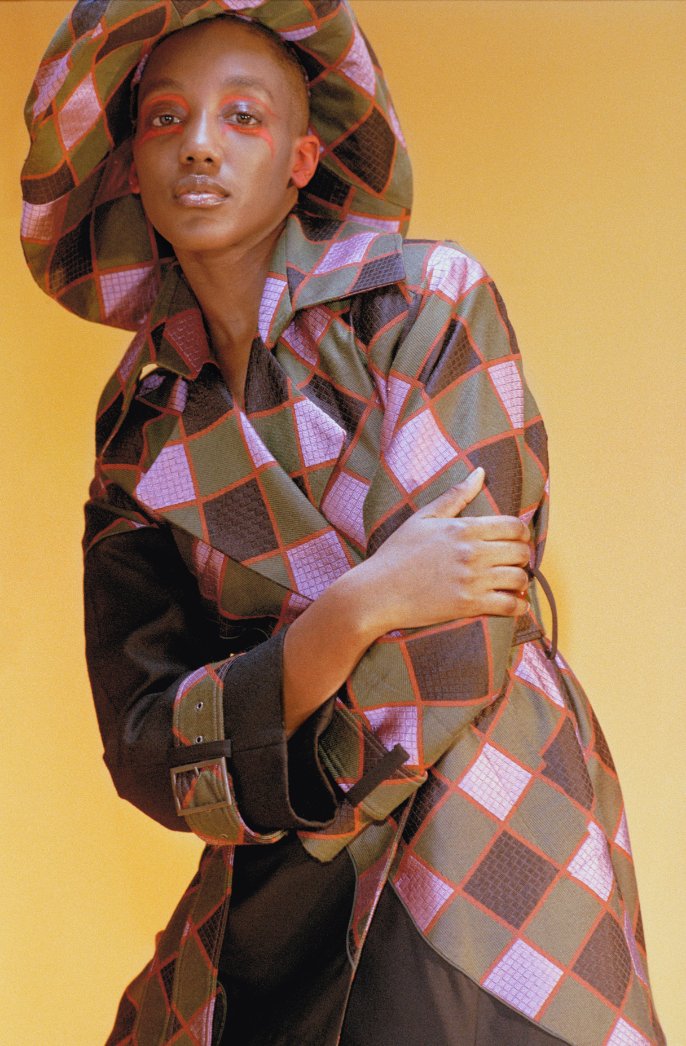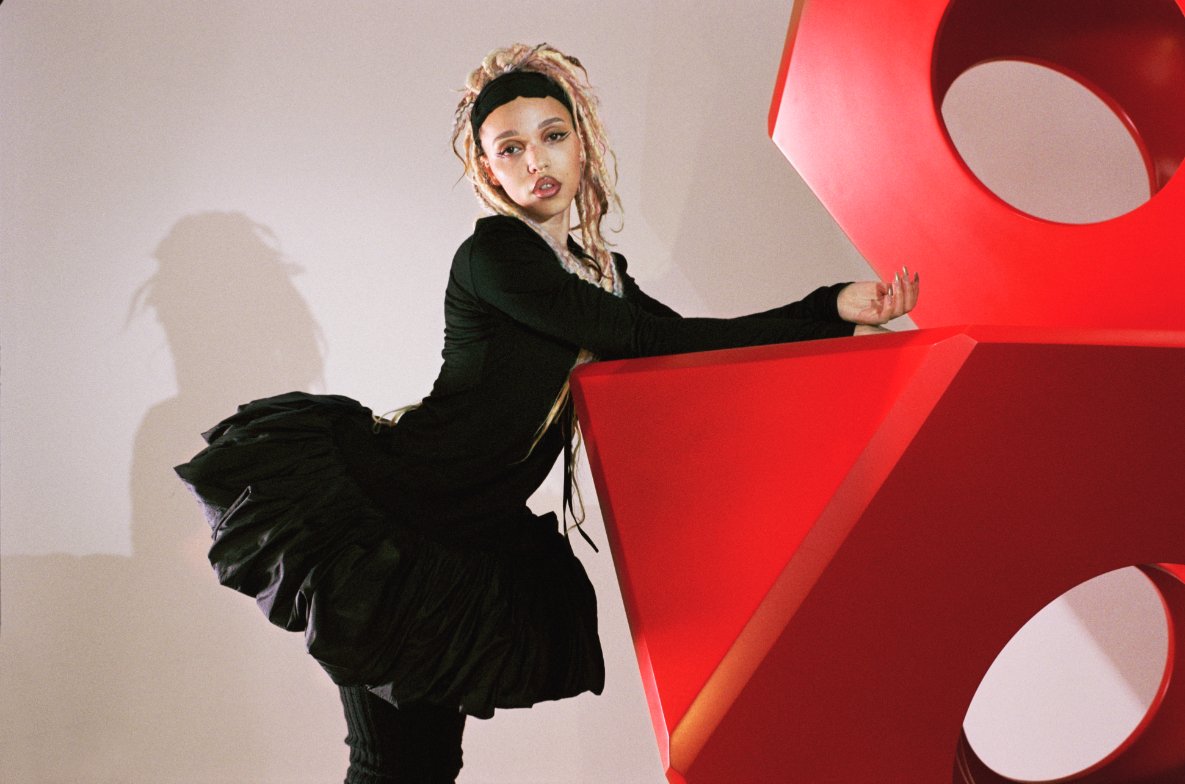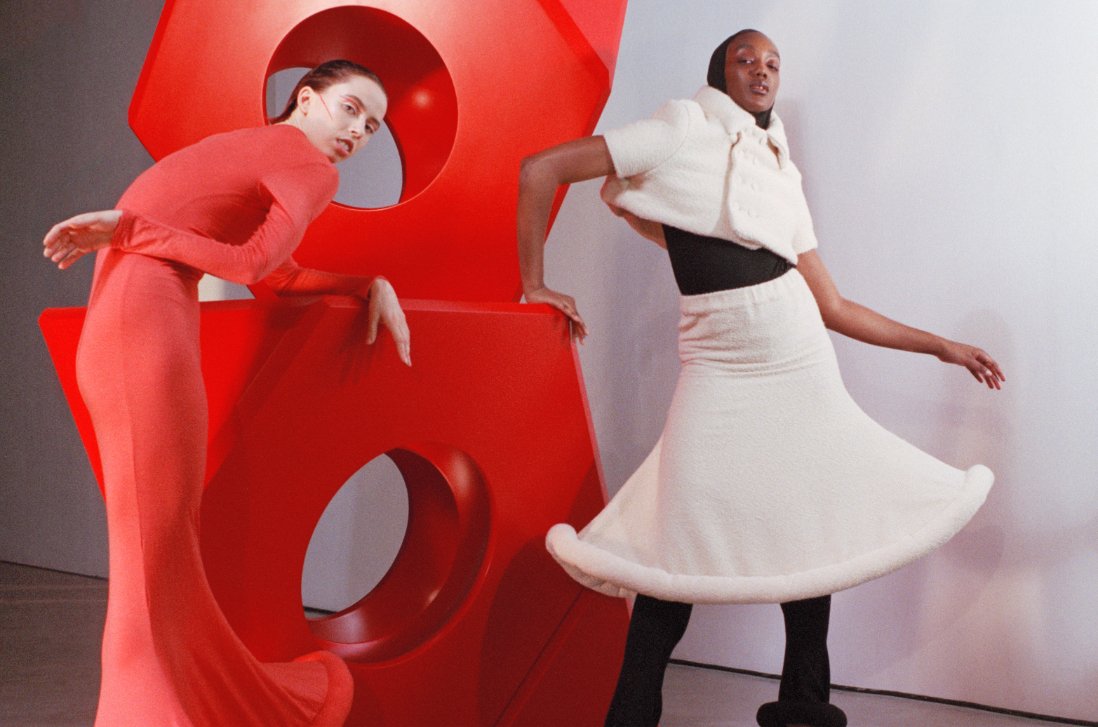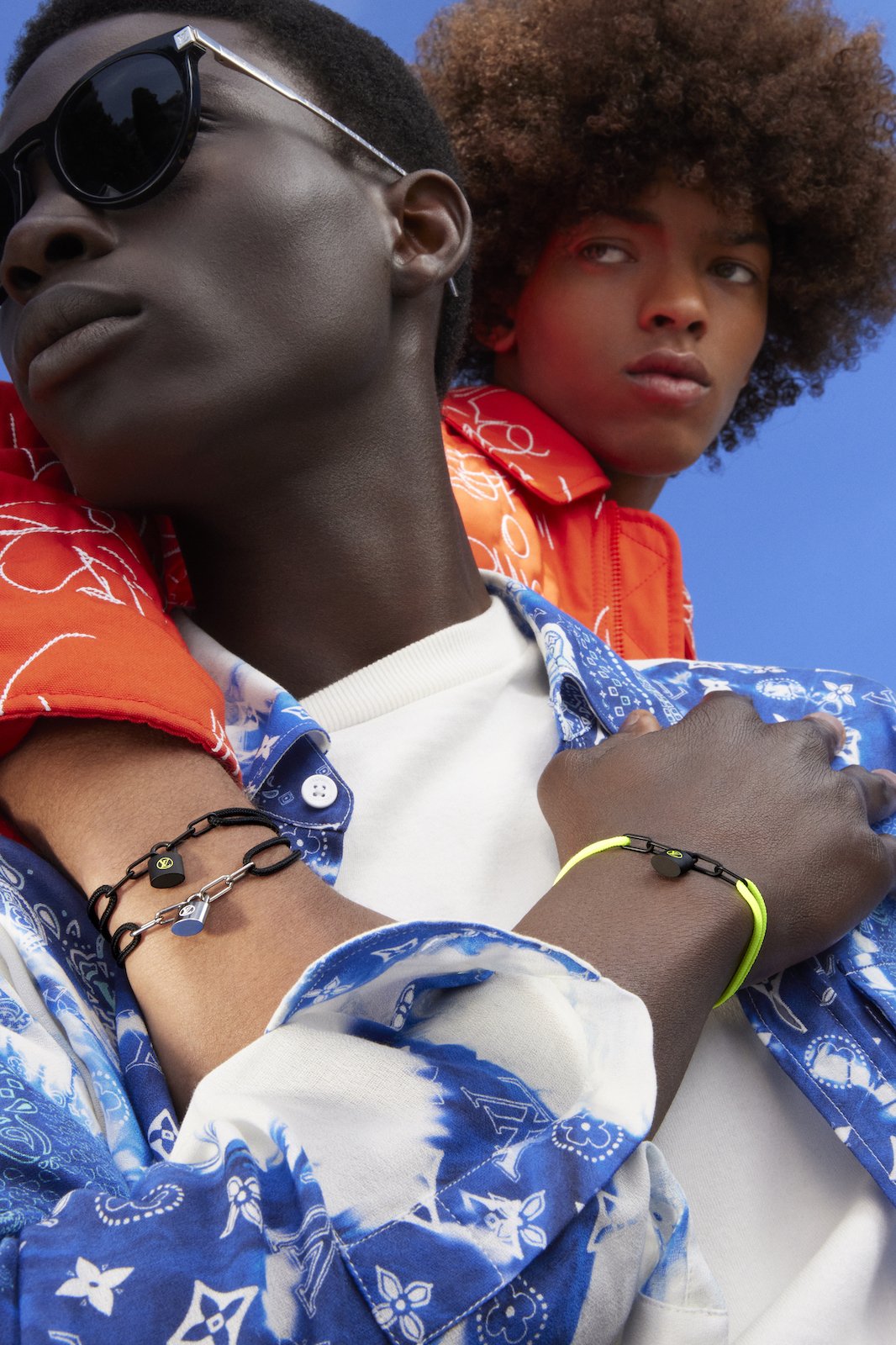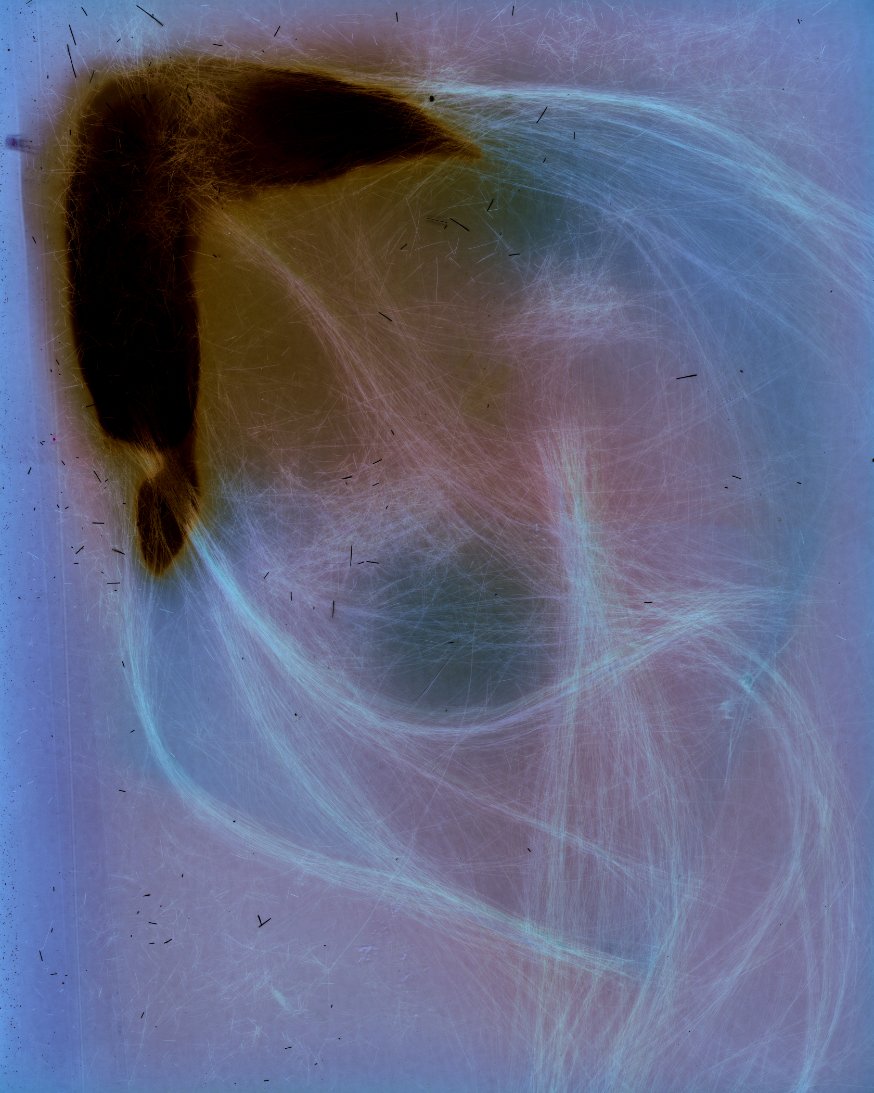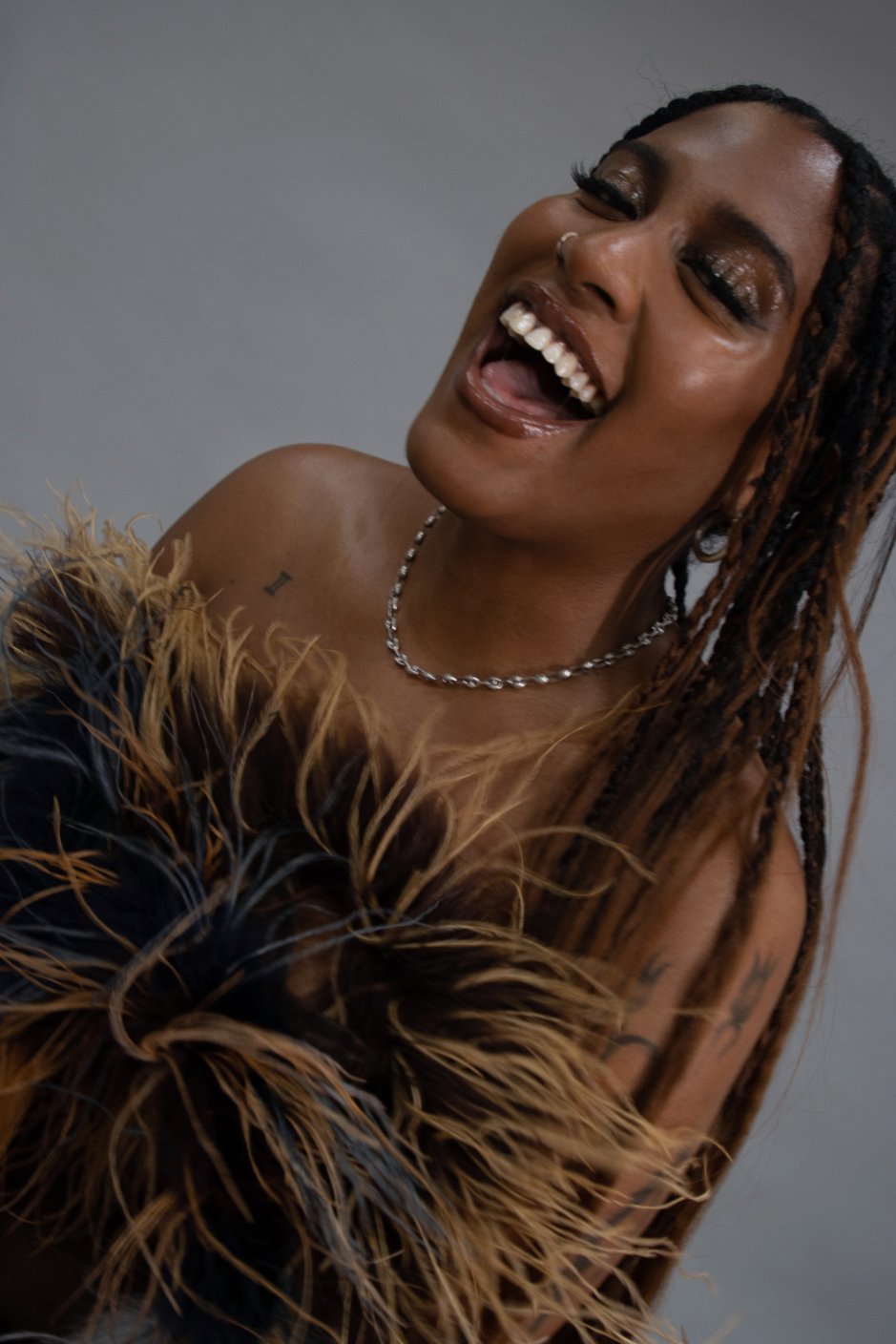photography by Jana Gerberding
styling by Mine Uludag
casting by Eli Xavier
modeled by Winter, Aime, Bethlehem, Lici, Xen Hur, Dhyhani, and Sophia
Life today offers almost infinite possibilities juxtaposed by maximum confrontation with internal pressures, domestic threats, and global uncertainties. We participate in social movements that are meant to liberate us from oppression and share them on the same social platforms that torment us with an incessant evaluation of our appearance and identity. What exactly do you have to prove today as a young woman? What is socially expected? What does femininity even mean? Is there a new femininity? Does gender play a role at all? Isn‘t it just about individuality and belonging?
Making choices and gaining confidence is for many young people an inner conflict between knowing who they want to be and who they really are.
Our heroines in these portraits embody different possibilities of the feminine. A portrayal that describes the role of the body, identity, the power of self-confidence, and individuality.
This is a portrait of a growing female generation who is not afraid.
LEFT Dyhani is wearing full look Celine.
RIGHT Sophia is wearing panties by Prada, bra by Dior, and stockings by Hermès.
Bethlehem is wearing dress by Arturo Obegero.
LEFT Dyhani is wearing leather coat by Max Mara and sunglasses by Celine.
RIGHT full look Celine
Winter is wearing white blouse by Jil Sander and black skirt by Dries Van Noten.
Aime is wearing skirt and jewelry by Versace and cropped zip top by Alexander McQueen.
LEFT Sophia is wearing bra by Versace, hoodie by Sankuanz, skirt by Louis Vuitton.
RIGHT Xen is wearing top and skirt by Ottolinger.
LEFT Bethlehem is wearing corsage by Alexander McQueen.
RIGHT Bethlehem is wearing dress by Arturo Obegero and boots by Dries Van Noten
LEFT Xen is wearing dress by Missoni.
RIGHT Sophia is wearing bra and shoes by Versace, hoody by Sankuanz, and skirt by Louis Vuitton.
Aime is wearing skirt, boots and balaklava by Max Mara, long sleeve shirt by Lacoste, and leather jacket by Louis Vuitton.
LEFT Xen is wearing dress and heels by Missoni.
RIGHT Lici is wearing long sleeve shirt by Balenciaga, skirt by Loewe, stockings by Hermès, and boots by Dries Van Noten.

















